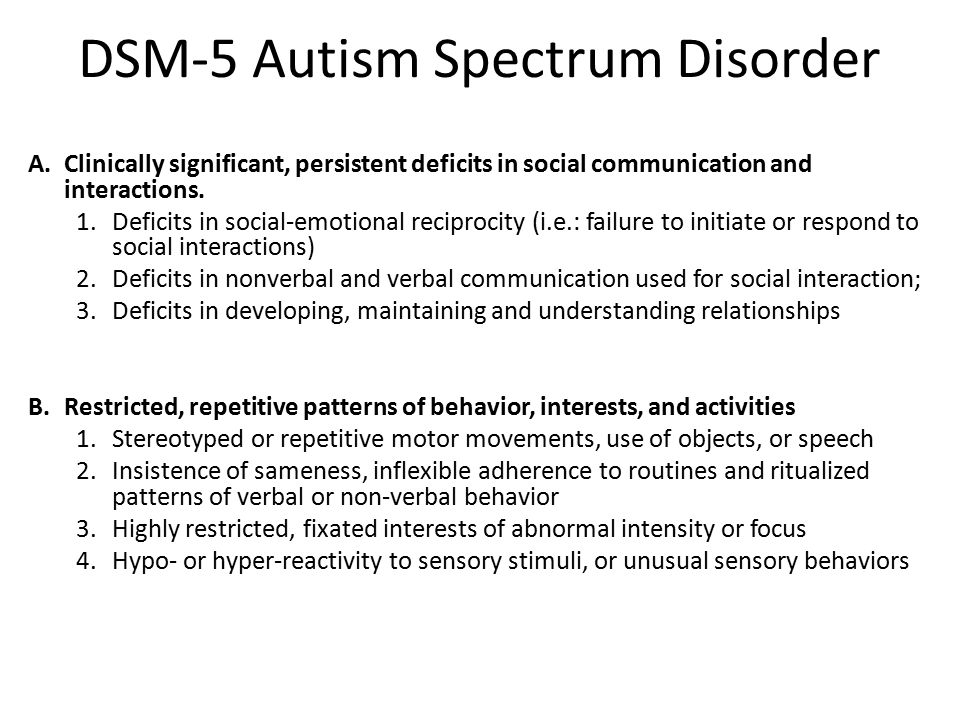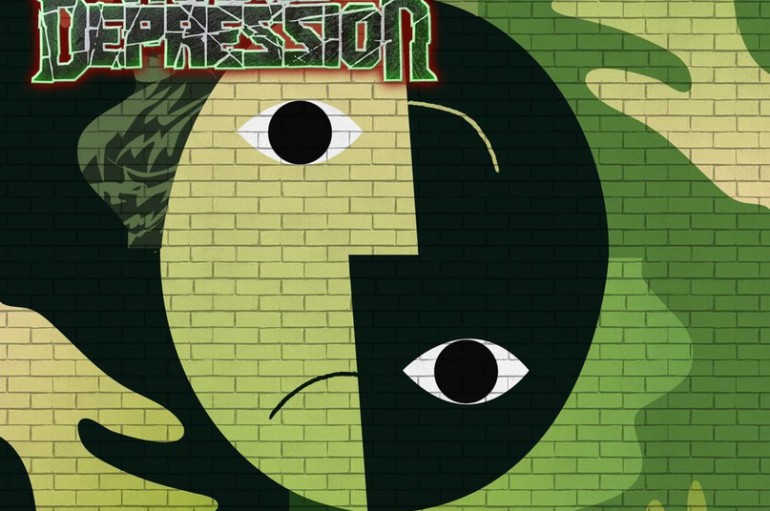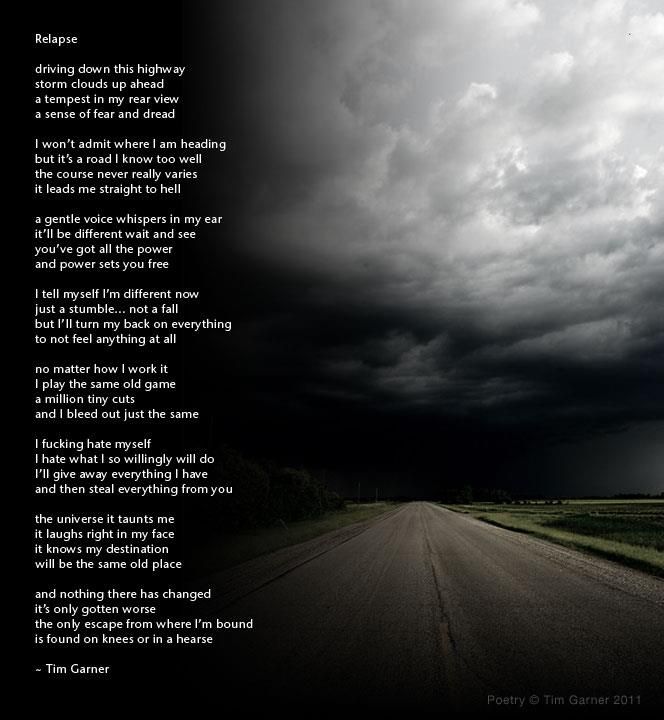Ways to journal
Creative and unexpected ways of journaling
You don’t have to be Van Gogh to be creative. You also don’t need to love writing to be a journaler. In this blog post, I introduced the basics of journaling. Now, let’s dive into the fun!
Did you know that journaling doesn’t have to mean long-form writing? It also doesn’t require a regular time commitment, nor need to be ‘complete’. It doesn’t have to be anything—other than a form of expression, done by you, for you.
Let’s explore some cool methods—and meet some UBC students and grads who use ‘em!
Gratitude journal
The gratitude journal is like a reverse bucket list. Instead of listing things that you want to do in the future, list the things that have already happened that you’re grateful for.
This is a great way to count your blessings and appreciate the little things in life. When you feel down, reading your gratitude journal can put that smile back on your face!
Here are a few things you can include:
- Inspirational quotes
- Achievements
- Coincidences
- Happy moments
- Travel adventures
- Names of people who inspire you
- Names of people who make you happiest
- Favourite foods
- And more!
Want more inspiration? Check out Pinterest for ideas on how to format your journal, but don’t feel pressured to make it perfect.
Creative journal
Think of the creative journal like a scrapbook for your mind—there are absolutely no rules to what goes in here. It may look really messy at first, but when you take a step back, you might be amazed at your creation.
Shawn’s story
Shawn’s creative journal is a beautiful, messy work of art. Every page is filled with something unique.
“I always had a vision where I would keep a personal journal in which I could record all of my random revelations (kind of like r/showerthoughts), favourite quotes, and lists of references and allusions that I find fascinating.”
Over time, his journal has become “something more eclectic and entropic,” containing pages like:
- Lyrics that Reduce Me to Tears
- Sassy Replies for Roasting People
- Dynamic Romantic Duos
- Literary Archetypes
“Whenever I hear a phrase that sounds interesting, I stuff it into the notebook. Often I would find myself flipping through the book, recalling memories, straying all over the place, swinging between contrasts, sifting through the everyday banality to discover the always in the never, the fertile in the sterile, the staggering in the stale.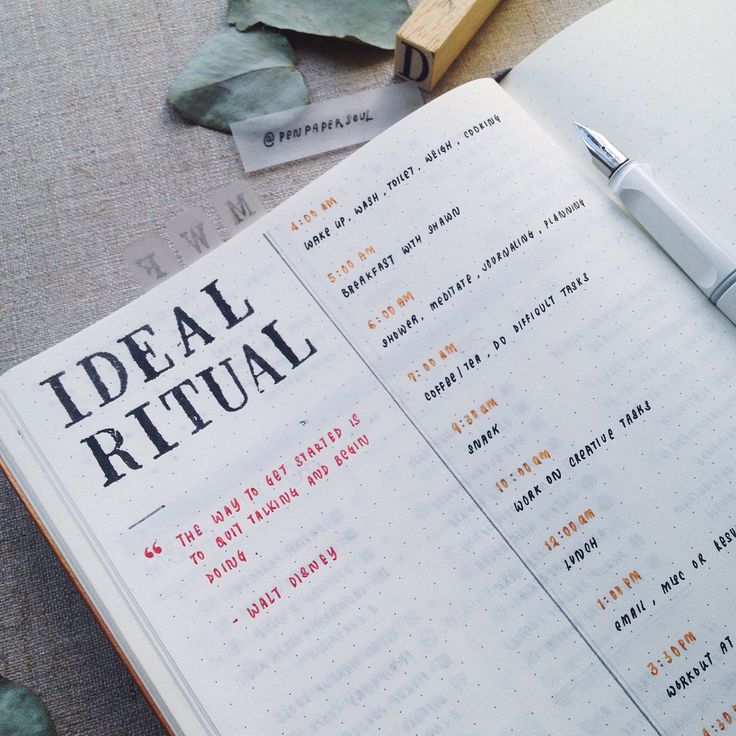 ”
”
5-year diary
Need something quick and easy? The 5-year diary prompts you to write just 1-3 sentences every day for (you guessed it) 5 years.
Here’s Shawn again with his 5-year diary:
“As I add a new entry each day, I can’t help but reflect on the beauty of documentation. This was me 2 years ago. This was me a year ago. This is me today. I have been here before, on the same page, scrawling with sprawling print—but everything else is different. Different places, different thoughts, different stories. What happened on this day last year? What was I doing? Who was I?”
Local bookstores often carry 5-year diaries, but you can also shop online! (Amazon and Indigo have some awesome options.)
One second a day / A photo a day
Maybe you prefer capturing your life through visuals.
Try One Second a Day and you'd be amazed at what you can create within a span of weeks. It's as simple as it sounds—take a second per day to record a brief clip. The app will stitch your daily collections together to create a movie of memories (kind of like this one).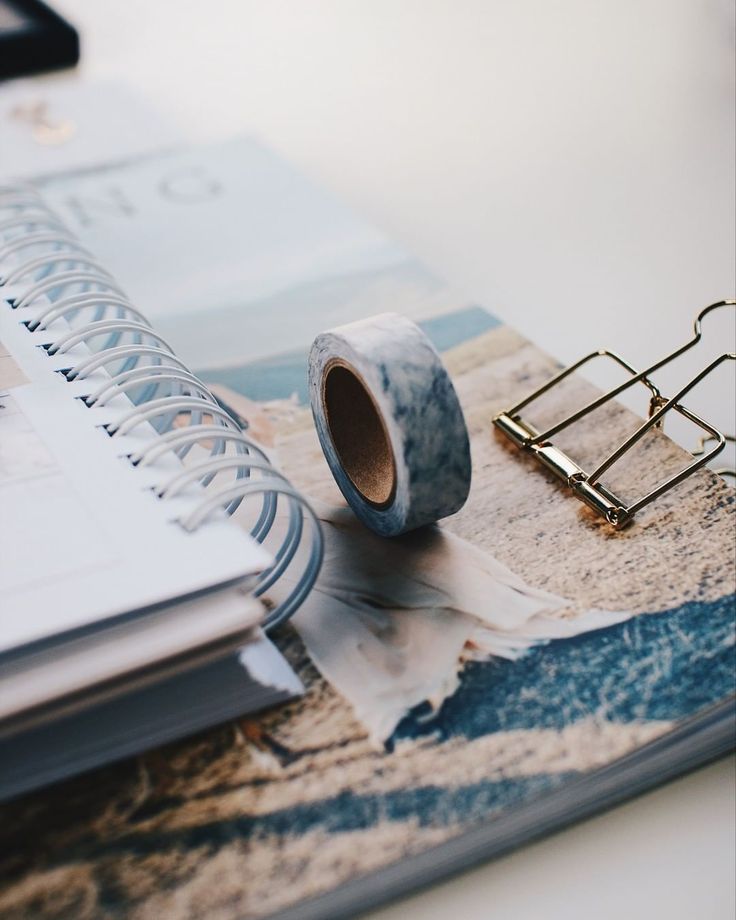
You can also try taking a photo a day. This can be done through apps such as Collect and Journey, or simply find your own way! Over time, your photo collection will grow into a masterpiece of your life’s little moments—micro memories that might otherwise be forgotten.
Dream diary
We often forget our dreams minutes after we wake up. Imagine keeping a notebook by your bedside, and jotting down your dreams the moment your eyes flutter open.
Sometimes, dreams tell us more about ourselves than real life. Maybe that dinosaur chasing after you in that nightmare actually symbolized a dramatic change happening in your life. In the world of creativity, there’s no such thing as too ‘out there’.
Your dream diary might also become inspiration for other creations. Some best-selling books are based on ideas generated in the author’s dreams!
Poetry
Poetry is a beautiful way to convey your feelings. Experiment with different styles such as free-form, haikus, rhymes, or even sonnets if you’re feeling old school.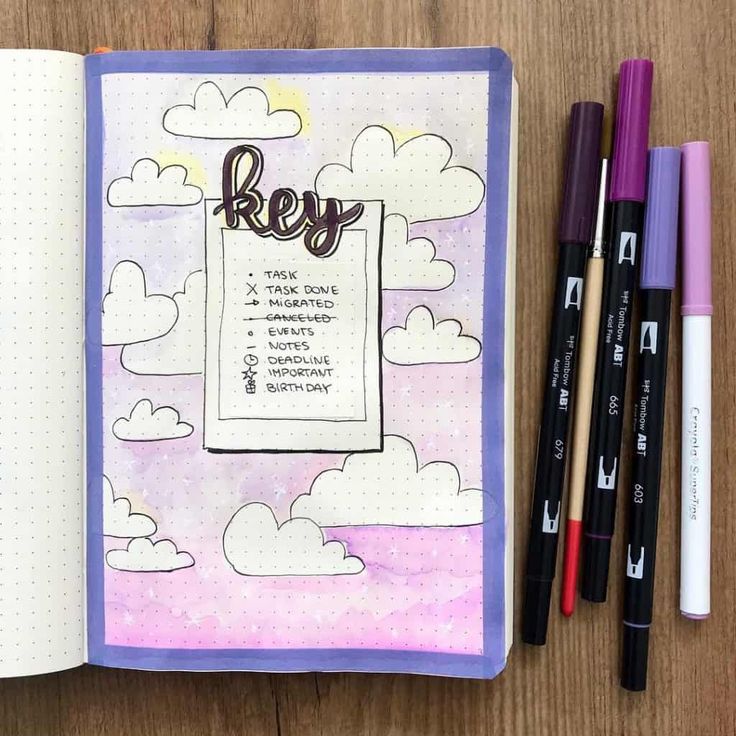
Poetry allows you to focus on the abstract aspects of your life, and reflect on your experiences in the grand scheme of things.
Jordan’s story
Jordan enjoys poetry because it’s an outlet for him to get creative while documenting his emotions. He uses the natural flow of poetry to jot down sensory details with pure authenticity.
By writing free-form poetry, Jordan can explore his thoughts in an uninhibited way. “It kind of feels like I’m following a current, and when I'm done, I have a better understanding of why I feel the way I do.”
His advice: “Be open to alternatives and just express yourself!”
Bullet journal
If your guilty pleasure is doodling on anything within reach, this might just be the perfect remedy. The beauty of bullet journaling is that you can take it in any direction you want.
Among all methods, however, this form might require the most practice and patience. Never worry about getting it perfect—journaling (like life!) is a process of trial and error.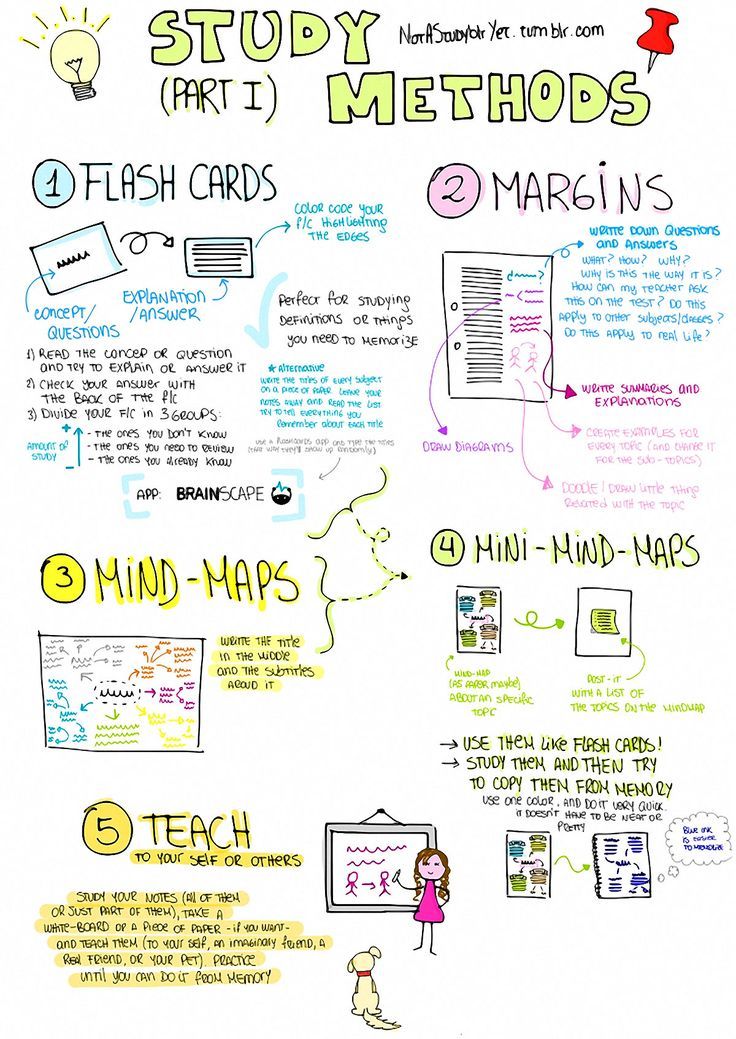
Bullet journals can be extremely powerful, however you choose to execute it. Buy a dotted notebook and some colorful pens (maybe even brush pens if you're feeling fancy) and let the creative juices flow!
Here are some things you can include:
- Monthly or weekly calendar spreads
- Daily schedules
- Course schedules
- Gratitude journal
- Goal or habit trackers
- Sleep trackers
- Mood trackers
- Recipes
- To-do lists
- Grocery lists
- Reading lists
- Daily diary space
- The list goes on forever...
Tiffany’s story
The bullet journal is perfect for Tiffany because it combines 2 things she loves: organization and art. She uses it to sort out many aspects of her life, while getting creative with the blank spaces.
Time commitment shouldn’t be an issue; Tiffany spends roughly 10 minutes per day, or however long she feels like.
Her advice for beginners: “Don’t feel pressured by the ‘perfect’ bullet journals you see online.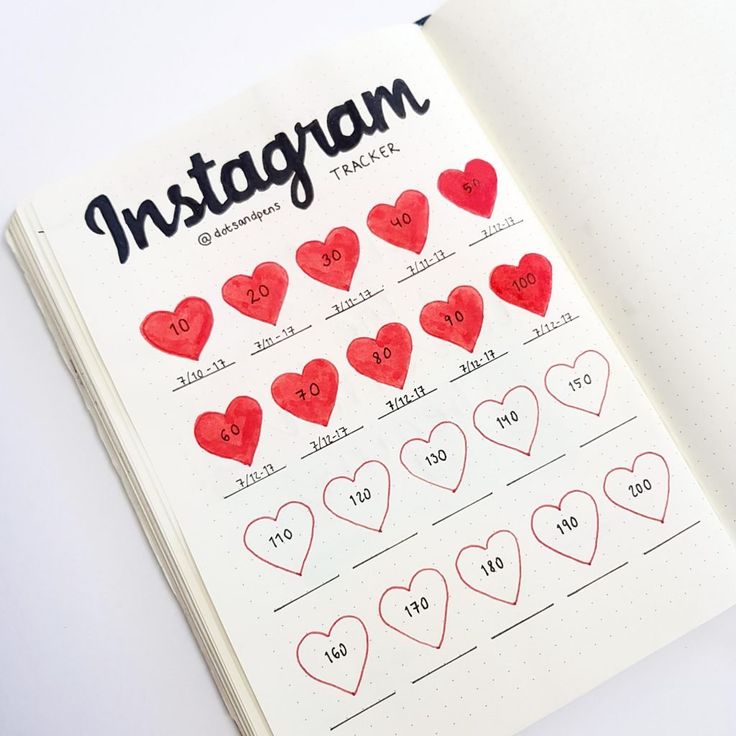 Do what works for you!”
Do what works for you!”
Emily’s story
Emily loves lists.
Beyond to-do lists, the #bujo is a great way for Emily to see her life through different perspectives.
With the bullet journal, it’s both structured and loose; Emily enjoys how you can adjust it to fit into your life at any given time. For example, during Winter Break one year, her #bujo was filled with lists of dinner reservations.
Emily has adapted her journal to whatever she needs at a particular time, and she doesn’t follow any “bullet journal rules”. Remember: you don’t have to impress anyone!
How would Emily describe bullet journaling? “Structured creativity.”
Maham’s story
Since Maham began bullet journaling, she saw a boost in her daily productivity. She also loves referencing her bullet journal to tell stories of her experiences.
“When starting off with bullet journaling, you need to figure out its purpose and how it can benefit you. The pretty stuff is just the extra cherry on top.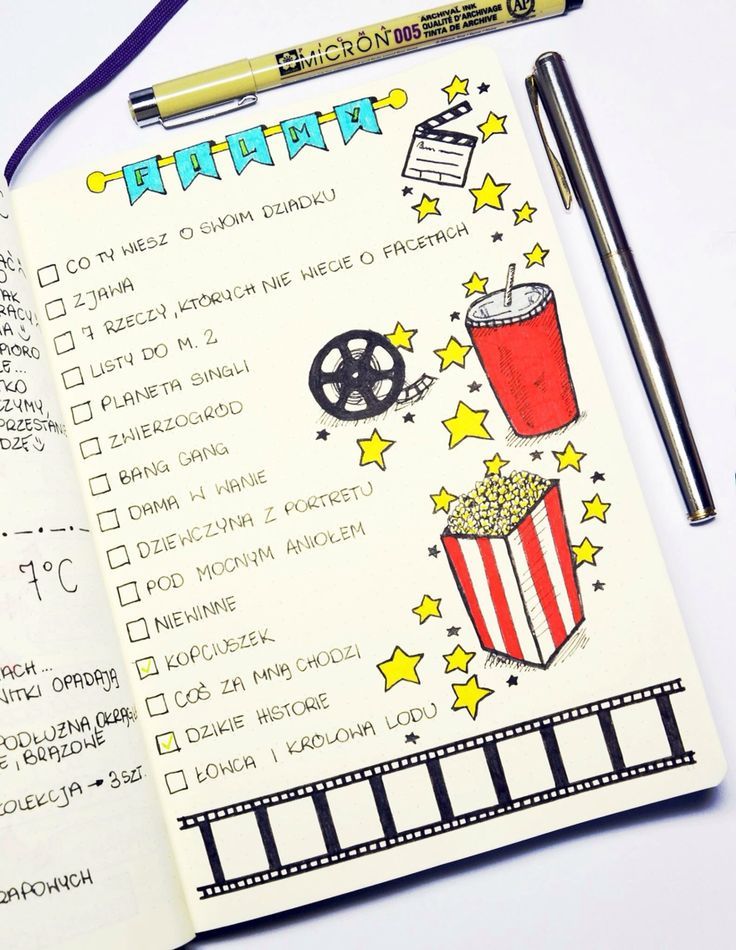 At the end of the day, it can just be you and a pen and paper.”
At the end of the day, it can just be you and a pen and paper.”
Bullet journaling to Maham in one word: “Calming.”
Tiffany (top left), Emily, and Maham (bottom right) with their bullet journals.
That’s not the end...
Here are even more ways you can journal:
- Blogging
- Using a drawing book
- Decorating your wall with quotes and photos
- Scrapbooking
- And more…
...so what’s your beginning?
How to Journal | The Ultimate Guide
You want to learn how to journal, but where do you start?
From scientists to celebrities to productivity gurus, everyone is proclaiming that journaling is a life-changer. Journaling has been proven to give you everything from improved mood to better immune function. You want to try it, but once you sit down with a notebook…
Well.
*crickets*
Why is it that with all the information that exists about the benefits, so few of us actually know how to journal?
It’s supposed to be simple, right? You just sit down and write every day.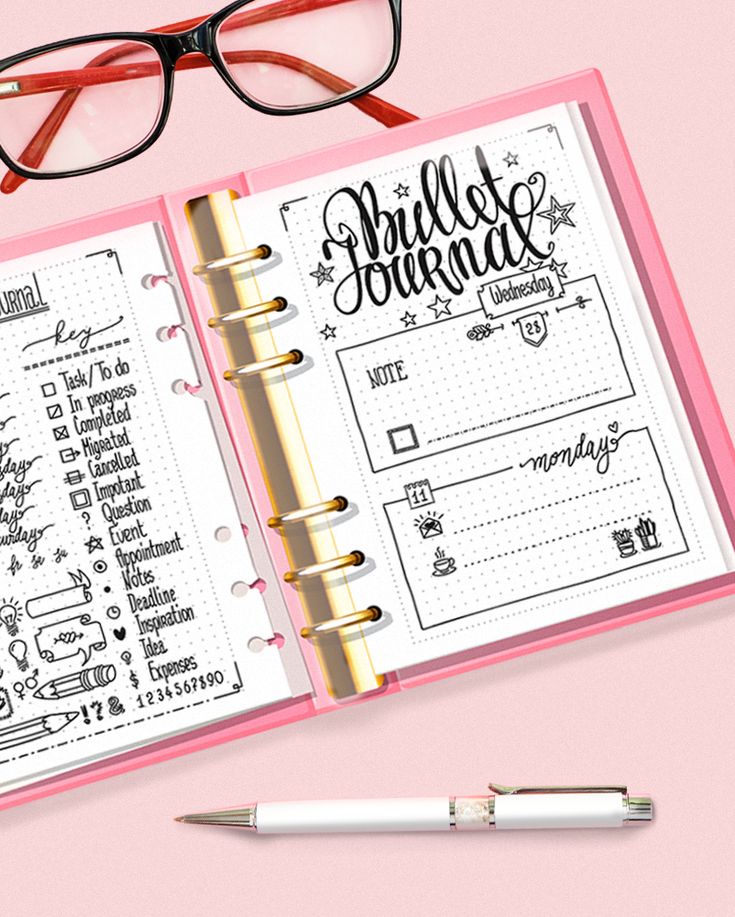
And yet most of us have purchased a notebook, scribbled a few entries, and then left the rest of it blank – feeling a little guilty about it.
But there is hope! There are lots of ways to journal. You just need to find the one that is right for you.
We’ve created the ultimate guide on how to journal with over 28 methods and a pdf with links to hundreds of resources so you never again have to sit at your desk, listening to the sounds of crickets chirping while you stare at a blank page.
Want to receive hundreds of resources in pdf format? Subscribe to yourvisualjournal.com right here to download the How to Journal PDF.
Subscribe and get the free How to Journal PDFThe following is a list of 28 ways to journal, organized by the benefits each method provides. We’ve included details on how to journal in that method and the tools you will need.
Here’s how to use this list to get what you want out of journaling:
1. Decide which of these benefits you most want.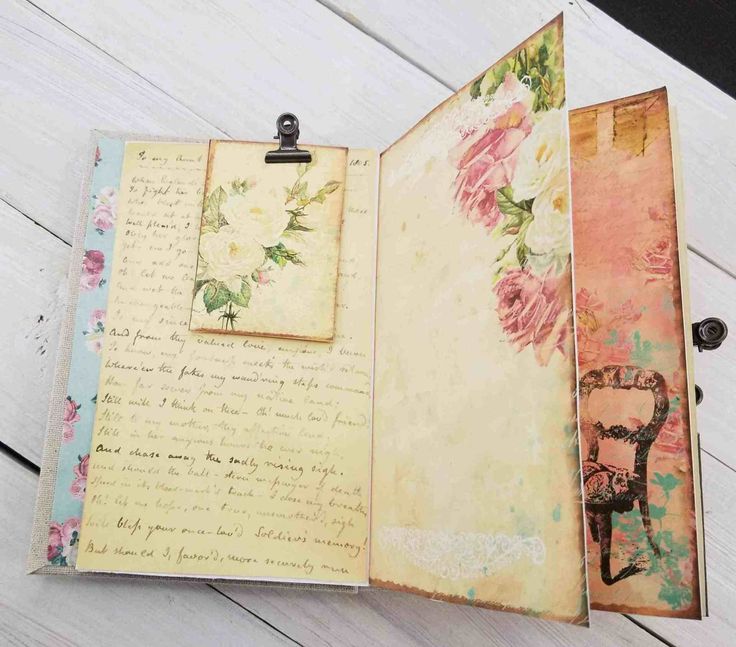
2. Click on it to skip down to learn about methods that best provide that benefit.
3. Pick a method, and test drive it for a few days.
4. If you love it….that’s great! Keep going.
5. But if you find you struggle with it, that’s okay. Abandon that method and try something else on the list.
There are tons of benefits to journaling, and how you journal will be driven by the benefit you want to receive. You can:
- Get to know yourself better by clarifying your thoughts and feelings.
- Release stored emotions to produce greater emotional health and happiness.
- Reduce anxiety.
- Relieve stress and get organized by working out problems on paper.
- Sharpen your memory by creating a record of your days.
- Increase your personal creativity.
- Manifest the life you want by focusing your desires.
Ready to get started? Here are 28 methods you can use to journal:
Self-Improvement Journaling – Method #1 – Reflective Journaling
Journaling for reflection is the simple act of letting your mind wander, and scribbling down whatever thoughts come to mind as you reflect on your day.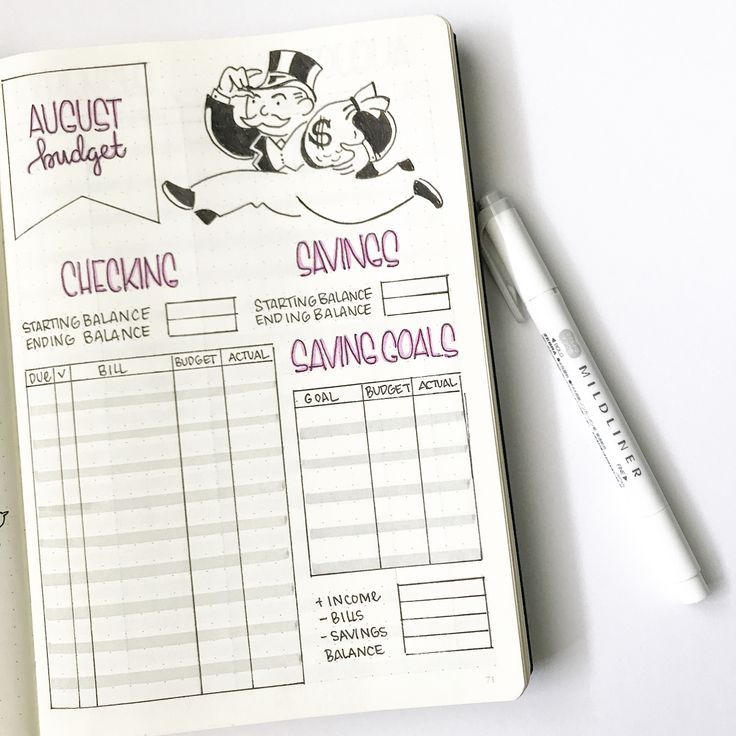 You can do this in paragraphs or as bullets—capturing as much or as little detail as you like.
You can do this in paragraphs or as bullets—capturing as much or as little detail as you like.
Most of the time, we move through our days so quickly that we have little time to absorb and process what happens to us. As we take time to write about different experiences and events, we can start to see larger connections. If it’s helpful, you can structure your entries by answering a series of questions:
- What happened?
- What was its impact on you?
- What did you learn?
- What are the implications?
Over time, themes will appear and you will learn what you think—and how you feel—about the events of your life.
Tools neededA journal and a pen
Resource- 301+ Journaling Prompts for Breathtaking Freedom and Powerful Insight
Self-Improvement Journaling – Method #2 – Goal Setting
Using a journal to record your goals can move you from intention to being where you most want to be.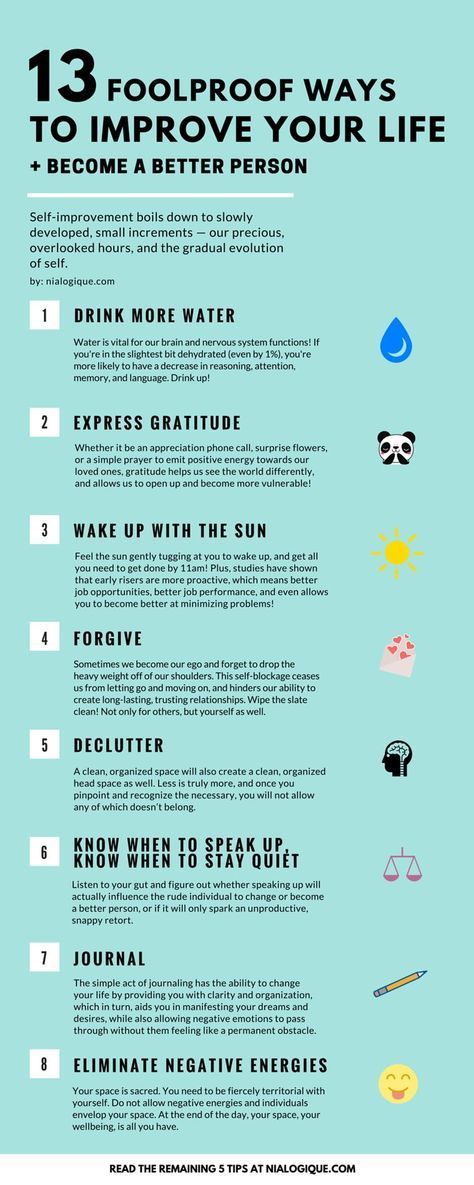 It helps you identify what you want, and create a written plan to get there. Identifying achievable steps and then monitoring your progress creates built-in accountability which can be wildly effective.
It helps you identify what you want, and create a written plan to get there. Identifying achievable steps and then monitoring your progress creates built-in accountability which can be wildly effective.
While you can definitely use a blank journal to set goals and break out the steps needed to reach them, there are a number of journaling systems designed exclusively to help you reach a goal in a defined time period—usually in ≈13-weeks or 100 days. Popular systems include:
- Self Journal
- The Freedom Journal
- Passion Planner
- Ignited Life Planner
- Desire Map Planner
Many of us have “bucket lists” that remain unfulfilled. But when we journal our goals and take action toward them, those lists will go from an ethereal someday to a whole lotta now.
Tools neededA journal (pre-designed or blank) and a pen
Resources- Why you may want to plan in a 13-week cycle
- How to journal for habit tracking
- Put a vision board in your journal
Self-Improvement Journaling – Method #3 – Write about what you learn
When we are focused on self-improvement, we consume a lot of information. Books, podcasts, courses… we are constantly learning. The challenge is that unless we take time to reflect on the knowledge we’re receiving, it can slip away without having the impact we desire.
Books, podcasts, courses… we are constantly learning. The challenge is that unless we take time to reflect on the knowledge we’re receiving, it can slip away without having the impact we desire.
Journaling what you are learning is more than just recording ideas. There is valuable thinking that happens as you transcribe your notes—and that process helps with memory, understanding, and application. There are many ways to journal what you are learning:
- Write entries about the books you’ve read or podcasts you’ve listened to.
- Craft a daily recap of the big thoughts from your day.
- Instead of just highlighting text in your Kindle, transcribe the quote in your journal.
- Take sketchnotes at a lecture.
- Record the personal implications of what you’ve learned and how you plan to apply it.
Journaling your learning helps you absorb the content in order to achieve the change you want.
Tools neededA journal and a pen (or colored pencils or markers if you are sketchnoting)
Resource- How to Sketchnote
Self-Improvement Journaling – Method #4 – Ask yourself a question
Using self-inquiry as a journaling prompt provides the opportunity for thoughtful exploration, and can deepen your insight into your own sense of being.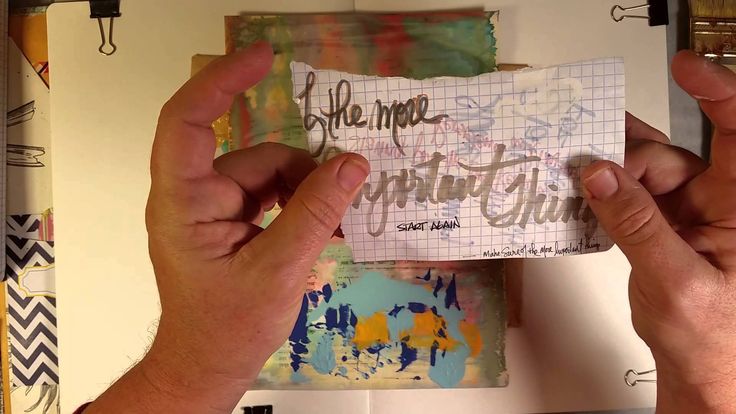
You could structure your journal by answering the same question every day. For example:
- What was the best thing that happened to me today?
- Where did I experience love today?
- What am I grateful for?
Questions like this direct our focus—and what we focus on grows our self-awareness.
You could also choose a resource with journaling prompts, and answer different questions everyday. Using a variety of journaling prompts can help stretch us as we explore broader internal ground, and help us process our awareness of our own lives. Some of these prompts can include questions like:
- What matters most to me?
- What am I really scared of?
- What sparks my creativity?
- Where do I self-sabotage?
- What brings me joy?
A journal, a pen, and journaling prompts for inspiration
Resource- 301+ Journaling Prompts for Breathtaking Freedom and Powerful Insight
Therapy Journaling – Method #5 – Freewriting
Freewriting is a method where you write quickly, pouring thoughts onto a page.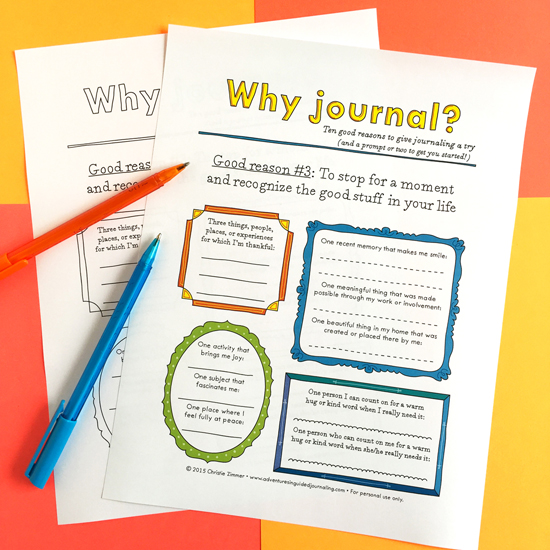 The goal is to keep your hand moving, writing down everything out that comes to mind. Don’t analyze, edit, or even worry about whether or not it makes sense. Simply give your mind a conduit to the paper with your pen.
The goal is to keep your hand moving, writing down everything out that comes to mind. Don’t analyze, edit, or even worry about whether or not it makes sense. Simply give your mind a conduit to the paper with your pen.
Freewriting creates release, providing catharsis for our thoughts and emotions.
When freewriting, it is helpful to set a time limit or page goal—otherwise you will stop too soon. When your mission is to “write for 15 minutes,” you will be able to push through – even if you feel stuck – to tap into whatever thoughts or emotions need to be expressed on paper.
Tools neededA pen that slides across the paper easily and blank pages
Resource- How to journal every day even when you don’t have 5 minutes to yourself
Therapy Journaling – Method #6 – Journaling your emotions
We can more easily process our emotions when we write about them. One effective journaling method is to write about a time you experienced an emotion or state of being. You can do this by reviewing a list of emotions and choosing one that pops out at you:
You can do this by reviewing a list of emotions and choosing one that pops out at you:
| Ambivalent Angry Annoyed Anxious Attractive Awe Boredom Carefree Compassion Courage Daring Delight Desire Despair Disgust | Elation Engagement Envy Exasperation Excitement Faith Fear Giddiness Grief Guilt Happy Hopeful Indignant Irreverent Joyful | Love Melancholy Nostalgia Panic Pleasure Rage Romantic Sadness Shame Suffering Surprise Tenderness Trust Value Wonder |
In your journal, write about the very first time you remember experiencing that emotion. This doesn’t just have to be about the words. You can use embellishment and simple drawing techniques to fully explore the story.
This type of practice helps us connect events in our lives with how we feel about them.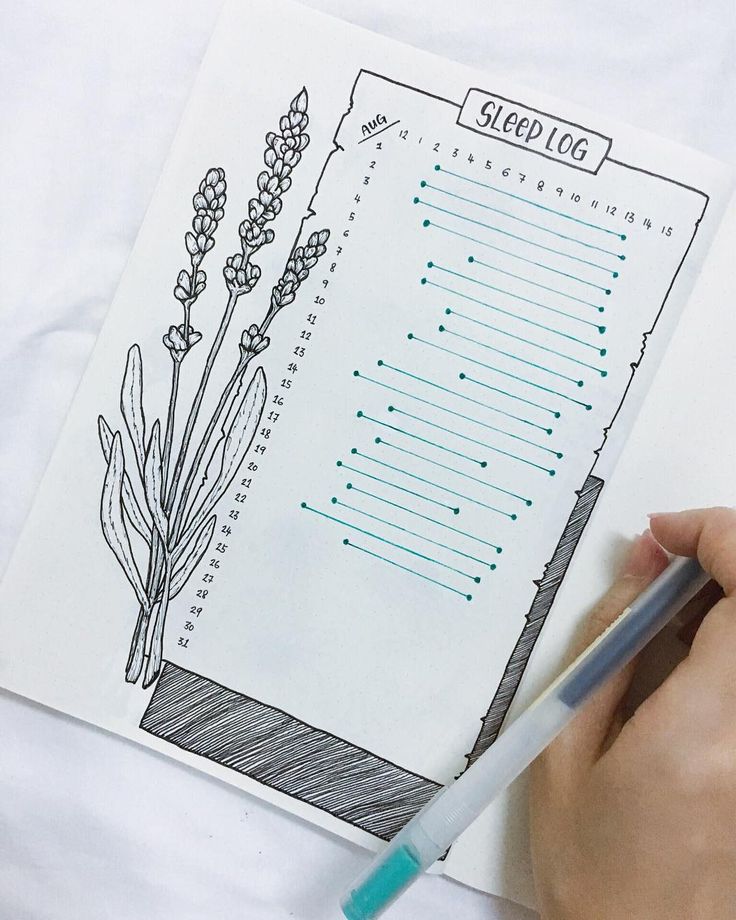 It also helps us process things that happened in our formative years.
It also helps us process things that happened in our formative years.
A journal and a pen; brush markers or colored pencils (if you are adding visuals)
Therapy Journaling – Method #7 – Journaling the 5 Whys
The 5 Whys technique originates in manufacturing, and aims to help teams get to the root cause of a problem by asking why something happened, and then questioning that reason as well, until the original source is discovered. While the method is popular in the corporate world, the technique also works on a personal level, when the questions are reframed: “why did I feel (or react) that way?”
In practice, the method could look something like this:
- Why did Amy’s negative comments about her sister bother me?
- It was discouraging to hear her bash her sister.
- Why was it discouraging to me to hear her bash her sister?
- Because I look up to Amy and I want her to be perfect.
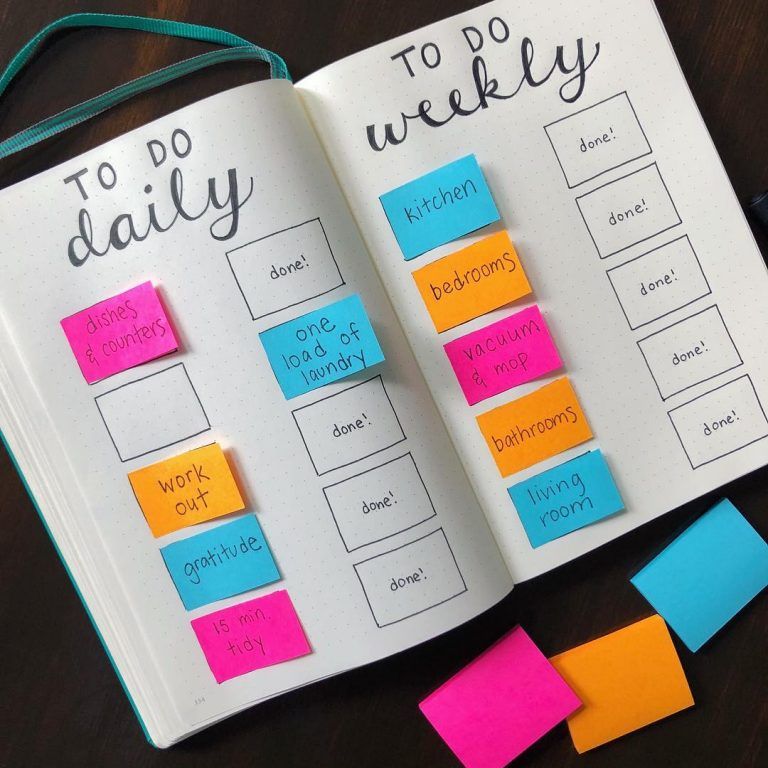
- Because I look up to Amy and I want her to be perfect.
- Why do I want Amy to be perfect?
- Because I follow her as a role model.
- Why do I follow her as a role model?
- Because I don’t trust that it’s okay just to be myself.
- Why don’t I trust that it’s okay to be myself?
- Because I’m afraid people will reject me.
A pen, journal, and a willingness to be honest with yourself
Therapy Journaling – Method # 8 – Keep a Dream Journal
Keeping a dream journal is about recording your dreams on a regular basis. Dreams speak in a language of pictures, emotions, and symbols. Tracking these over time can provide insight into your most important concerns and relationships.
Kelly Bulkeley Ph.D, shares in an article for Psychology Today, “You can start a journal at any time by making some retroactive entries. For example, write out the earliest dream you ever remember, even if it was just a tiny fragment or wispy image.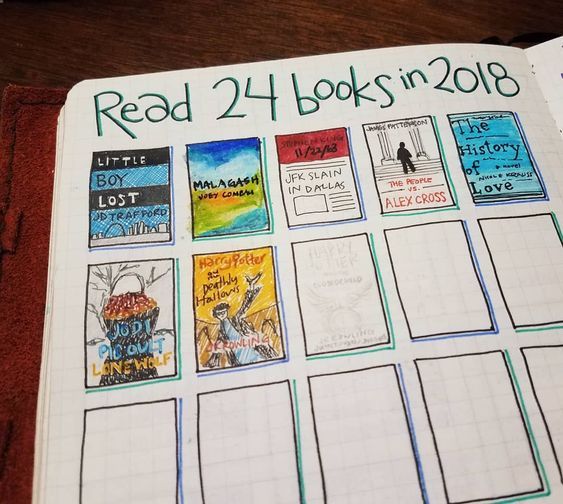 There it is, the beginning of a dream journal!”
There it is, the beginning of a dream journal!”
Candace Pert, author of Molecules of Emotion, advises, “Capturing that dream and re-experiencing the emotions can be very healing, as you either integrate the information for growth or decide to take actions toward forgiveness and letting go…Your dreams relate not just to your mind, but to your body as well. Dreams can be your own early-warning system, letting you know if a medical condition is developing and helping to bring your attention to the problem area. The body may be discussing this condition with the mind, and you can get in on the conversation by consciously recalling the dream…once you make the decision to pay attention to your dreams, they will start to speak to you, and you will understand them with ever-greater fluency over time, with practice.”
Tools neededA pen and a journal you keep beside the bed
Therapy Journaling – Method #9 – Rewrite the Script
Sometimes the runaway train of thoughts in our head is just us rehashing a repetitive script. We revisit conversations in our mind, imagining ourselves saying what we wish we had said, revising what we did say, or projecting what we would say over…and over…and over. Journaling gives us a path to get this conversation out of our heads and onto paper, so we can process it.
We revisit conversations in our mind, imagining ourselves saying what we wish we had said, revising what we did say, or projecting what we would say over…and over…and over. Journaling gives us a path to get this conversation out of our heads and onto paper, so we can process it.
The best part? We don’t have to be bound by what the other person actually said. We can rewrite the script in exactly the way we wish it had happened, giving our brain the freedom to stop the replay, because now we’ve captured it in print—even if we’ve taken creative license by giving it a Hollywood ending.
This works for our internal monologues, too – whether it’s discovering and rewriting the limiting beliefs, or recognizing a tendency to judge ourselves harshly and replacing those thoughts with greater kindness and compassion towards ourselves.
Tools neededA pen and a journal
Therapy Journaling – Method #10 – Write the letter you won’t send
We all have—or have had—people in our lives who are toxic. You know, the people we are never going to get to have a normal conversation with, because they either can’t understand or won’t own responsibility for what they’ve done to hurt us, even when we try to explain it to them.
You know, the people we are never going to get to have a normal conversation with, because they either can’t understand or won’t own responsibility for what they’ve done to hurt us, even when we try to explain it to them.
One cathartic journaling technique for resolving our emotions towards these people is to write them a letter. Knowing we are never going to send it gives us the freedom to be radically honest. We can write without fear of their reaction. We don’t have to mince words in trying to make them understand what they’ve done and how it makes us feel.
Writing these types of letters can be deeply healing for us. They help us clarify our thoughts and emotions about difficult relationships—whether past or present. It’s a way of getting closure, even if the person has died or is no longer a part of our lives; it’s also a way of both venting emotional pressure and helping ourselves identify healthy boundaries, which can be very helpful if the person is someone with whom we are required to interact.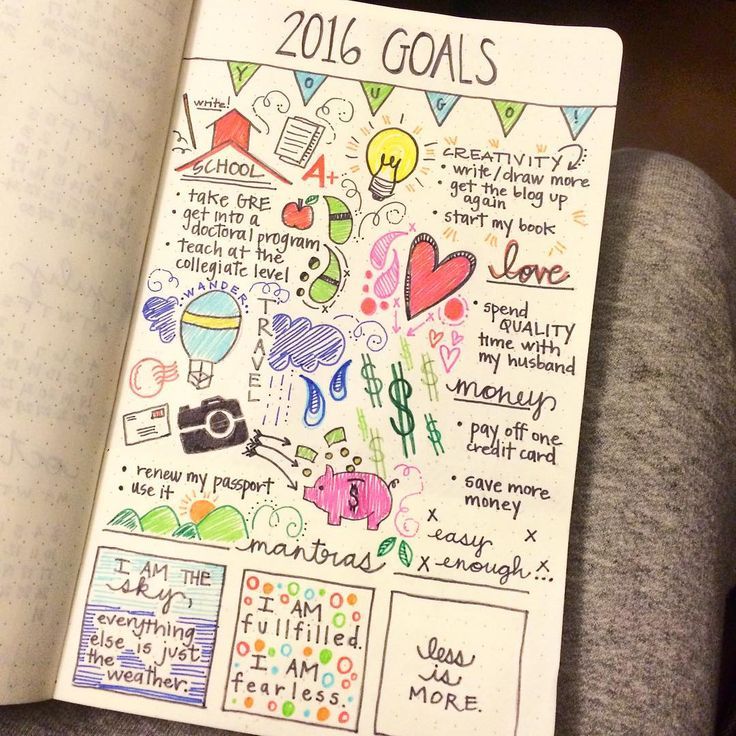
A pen and stationery
Journal to Reduce Anxiety – Method #11 – Write to acknowledge your concerns
Many times anxiety is non-specific: we just feel a sense of apprehension, rather than experiencing a concrete train of thought. Journaling is a great way to tap into what is concerning you. This may take the form of freewriting (where you simply spill out words, keeping your hand moving across the paper, without analytical regard for what you are actually writing) or it may be a more thoughtful exercise, as you ask yourself, “what is worrying me right now?”
Giving voice to our fears—acknowledging them—helps our brain stop pinging us (in the form of non-specific feelings of anxiety), because we’ve taken the time to process what it is trying to tell us. After all, part of our brain’s job is to keep us alive. If we are too busy to notice our own need for survival, our brain will keep reminding us to pay attention until we pause long enough to listen.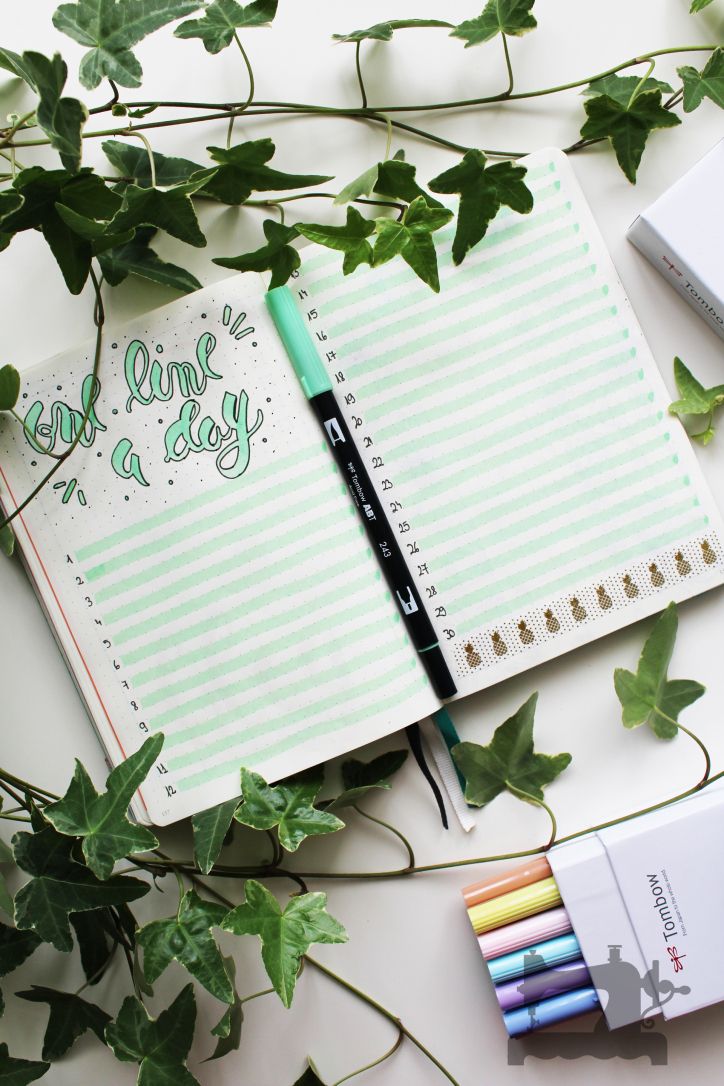
A pen and journal
Resources- Nine ways a humble pencil can silence brain chatter
- 301+ Journaling Prompts for Breathtaking Freedom and Powerful Insight (This has 6 powerful prompts to dispel anxiety)
Journal to Reduce Anxiety – Method #12 – Gratitude journaling
Sometimes the best antidote to anxiety is focusing on proof of good in the world. It’s harder to be worried when we are immersed in all of the beautiful things that make us feel safe and cared for.
In her book, The Gratitude Diaries, How a Year Looking on the Bright Side Can Transform Your Life, Janice Kaplan writes: “In my gratitude journal, I didn’t need balance or complaints or shades of gray. It was okay to look at only one side of the story. Nobody was keeping score.”
The best thing about keeping a gratitude journal is that it doesn’t have to be complex. We simply focus our attention on the things we are glad we have in our life and say thank you.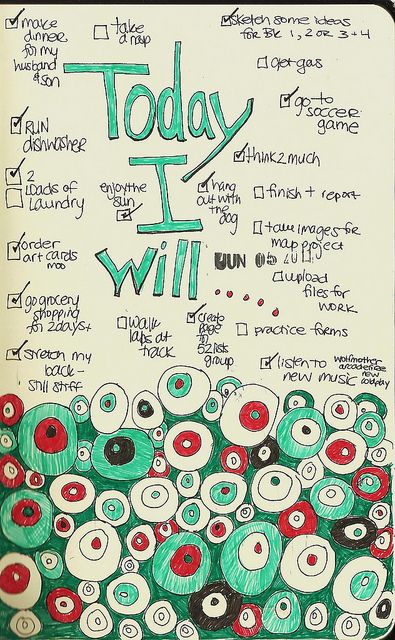 Over time, the practice shapes the way we think about things.
Over time, the practice shapes the way we think about things.
Tony Robbins shares, “I believe the ultimate path to enlightenment is the cultivation of gratitude. When you’re grateful, fear disappears. When you’re grateful, lack disappears. You feel a sense that life is uniquely blessed, but at the same time, you feel like you’re part of everything that exists and you know that you are not the source of it. In that state, you show up differently for the people around you.”
Tools neededA pen and journal; optional: brush markers or pencils to embellish it
Resources- 301+ Journaling Prompts for Breathtaking Freedom and Powerful Insight (With over 50 prompts for gratitude)
- A Skeptic’s Guide to Gratitude Journaling
- How Gratitude Works, and How to Master It With a Gratitude Journal (Silvia Bastos, via JournalSmarter)
Journal to Reduce Anxiety – Method #13 – Journal the worst that could happen
When journaling to reduce anxiety, sometimes it is helpful to let our thoughts their course to a worst-case scenario.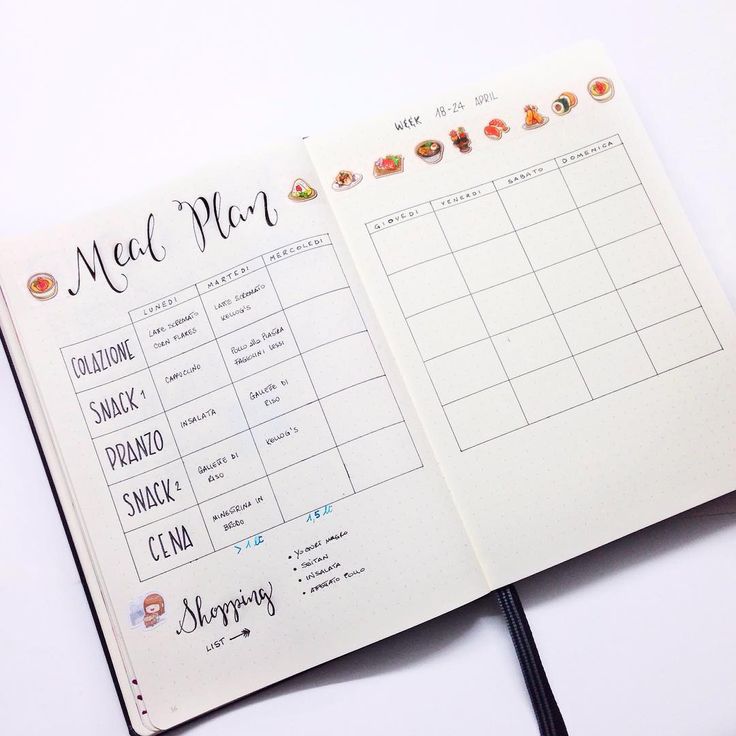 For example, if we are worried about money we might write:
For example, if we are worried about money we might write:
I am not going to be able to pay the electricity bill.
And then our power will get cut off and my phone will run out of juice.
And then I won’t wake up for work and I will get fired from my job.
And then I’ll lose my home and I’ll be sleeping on the street.
And if I’m living on the street, none of my friends will talk to me any more.
And if I’m friendless, then I’ll get hit by a bus and die.
Many times when we write out the fear, we can see that the projected future (even when it feels that dire) is unlikely . More importantly, we can also notice that getting to that future isn’t immediate. There are steps in the progression towards that future where we can exercise agency to intervene. In the case of the above example, we can ask our friends or family for help. We can try to negotiate a raise, or look for a better job.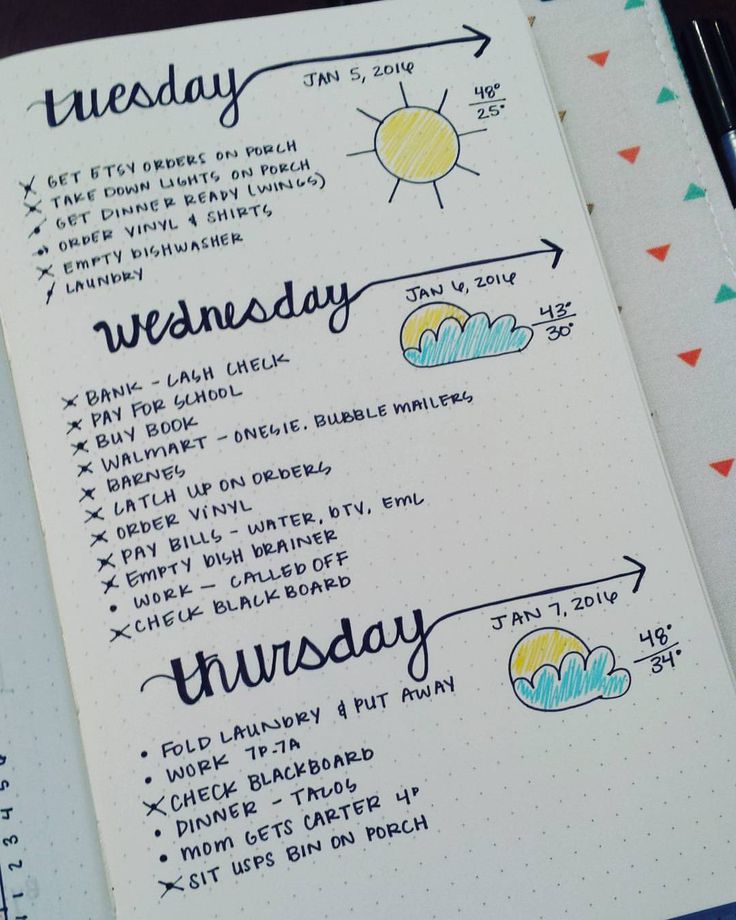 We can moonlight for awhile, and revamp our budget to see where we can save.
We can moonlight for awhile, and revamp our budget to see where we can save.
Looking at our actual fears in print can make them seem less scary, because now we can process them with our eyes and with logic, rather than allowing them to haunt our thoughts and emotions.
Tools neededA pen and journal
Resource301+ Journaling Prompts for Breathtaking Freedom and Powerful Insight (This has 6 powerful prompts to dispel anxiety)
Journal for Organization – Method #14 – Bullet journaling
When designer Ryder Carroll created a website to share the method he had crafted to organize his life, little did he know that it would become a world-wide phenomenon. The Bullet Journal Method (or BuJo for short) has been adopted by millions.
The method is simple, fast, and easily adaptable. The cornerstone of the method is rapid logging and migrating tasks from one collection to the next. (The lists used in bullet journaling are called collections.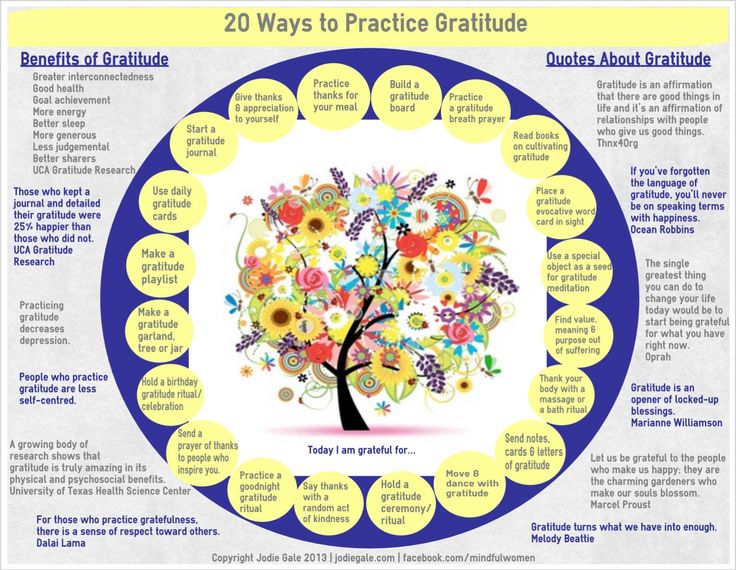 )
)
Bullet journaling is about more than simple day-planning. Goal setting—and deciding what you are not going to do—also happen naturally in the process. The method also incorporates review and reflection.
Tools neededA pen and journal
(Note that you can purchase the official Bullet Journal to get some handy pre-printed information. Many have also adapted their bullet journaling method to include visual elements—leveraging brush markers or colored pencils stickers, and washi tape.)
Resources- Bullet Journal Ideas
- 5 Ways Your Bullet Journal Can Support You When Plans Keep Changing
- The Bullet Journal Method, by Ryder Carroll – (The book offers a deeper dive with insight into the impact it has had in a variety of people’s lives.)
Journal for Organization – Method #15 – Mindmapping
Sometimes, when we are trying to solve a complex problem or pull multiple streams of thought into cohesion, it can be difficult to find clarity, and structure can elude us.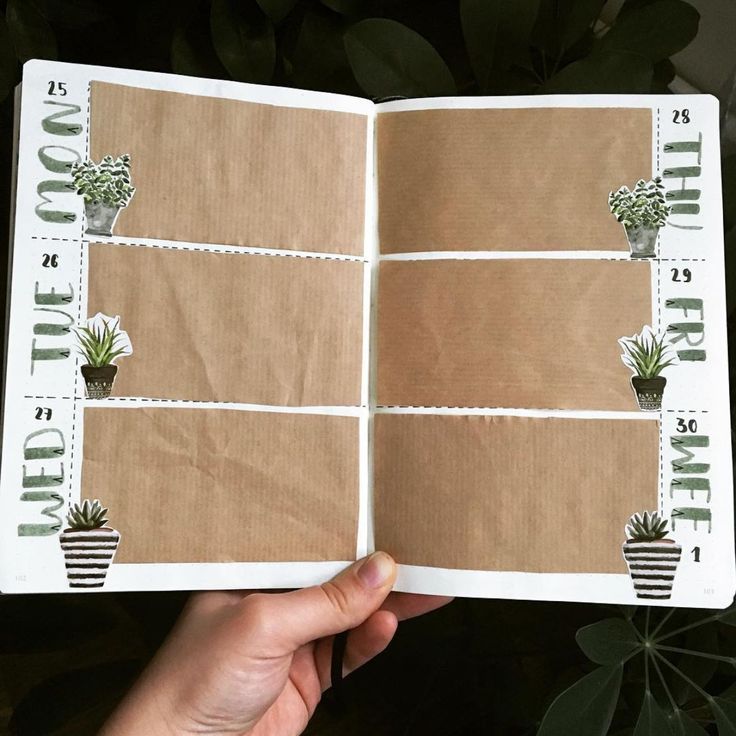
Spilling ideas “popcorn-style” onto paper, and then drawing connections between related items is called mind-mapping. This form of planning can be especially helpful when your brain is overwhelmed with ideas. Drawing lines between related ideas creates structure, and frequently creates flashes of insight.
There are many mind-mapping programs that allow you to do this digitally, but using a pen and paper can often be more effective in silencing the brain—even if the finished product doesn’t look as neat.
Tools neededA pen, large blank pages, highlighters or markers
Resource- 10 Reasons You Should Trade Your Dayplanner for a Sketchbook
Journal for Organization – Method #16 – Rapidwriting to get from overwhelmed to organized
Sometimes, our brains are so congested that it’s like a busy airport where air traffic control is so overworked that they are about to go on strike.
In her book, Write it Down, Make it Happen, Henriette Anne Klauser, shares: “I encourage a form of getting ideas out which I call rapidwriting.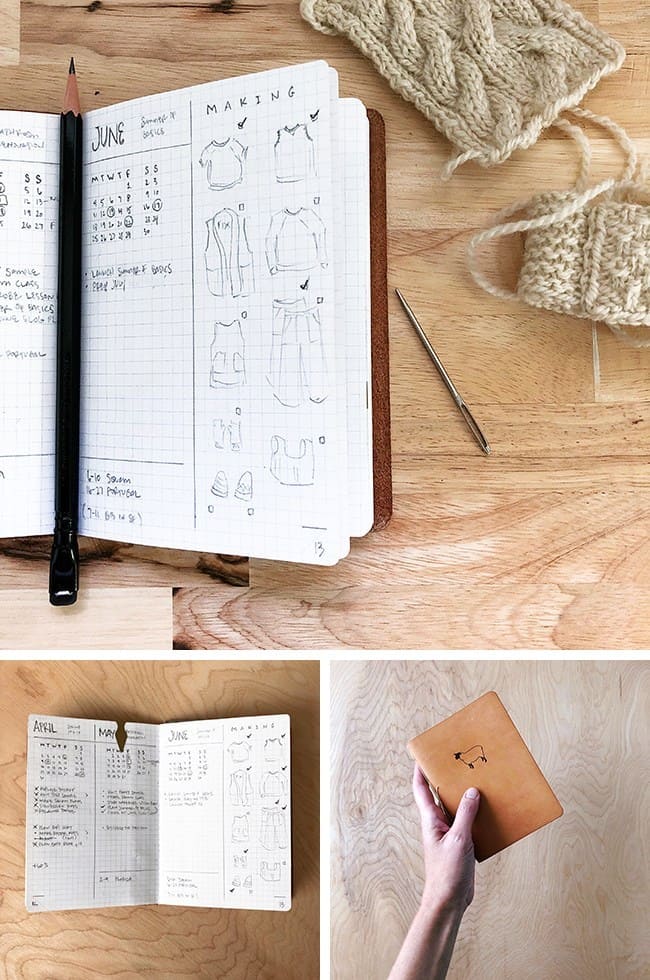 It means to write fast without stopping to consider, to edit, to rearrange, or critique. Use rapidwriting when you cover the page, ploughing through objections, mowing down the inner voice that criticizes your every word. Write whatever is on your mind. Tell the truth. It’s okay to burn up your rapidwriting pages ranting and raving.”
It means to write fast without stopping to consider, to edit, to rearrange, or critique. Use rapidwriting when you cover the page, ploughing through objections, mowing down the inner voice that criticizes your every word. Write whatever is on your mind. Tell the truth. It’s okay to burn up your rapidwriting pages ranting and raving.”
The important thing about rapidwriting is that you cannot use a filter. Normally, when we write things down, we pause to think and compose in our head. Skip that step. Go straight from brain to paper. Once you’ve had the chance to clear the runways, it is much easier to get to full-fledged project planning or a simple to-do list.
Tools needed
A pen and journal
Journal for Memory – Method #17 – Write an end-of-day recap
Journaling an end-of-day recap is as easy as it sounds. Reserve 10-15 minutes at the end of each day to sit and write about the day’s events. This isn’t about capturing every movement; write about the one or two significant things that happened that day.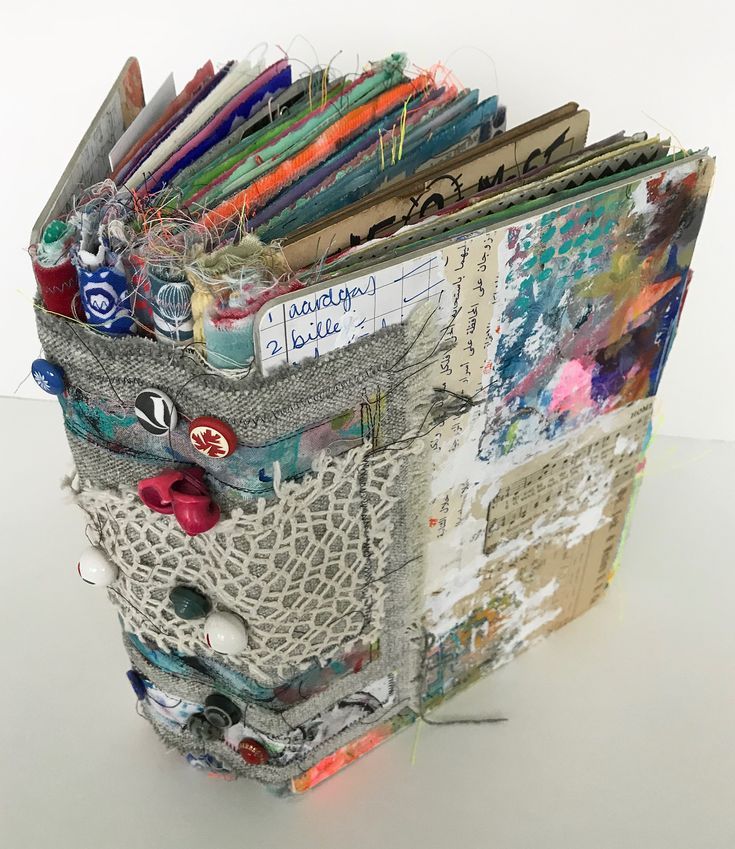
How you craft your end-of-day recap is up to you. You can write a quippy diary with a lot of humor—something you think others might read someday—or you can go deep with your emotions, with raw and honest writing about your life.
Taking time to review your entries periodically is an important part of the process. As you do, you will begin to see correlations and develop insight.
Tools needed
A pen and a journal
Journal for Memory – Method #18 – Anecdotal notes
Anecdotal notes is another type of recap, in which you write out stories from your life. The process is simple:
- Sit down with your journal and let your mind wander, reflecting on your day (or week).
- Think about the events, conversations, and interactions you’ve had. Consider whatever pops into your mind to be significant.
- Write these memories down as if you were telling a friend about them.
Anecdotal notes capture your life in a narrative format, creating a series of scenes that, when read, tell your stories.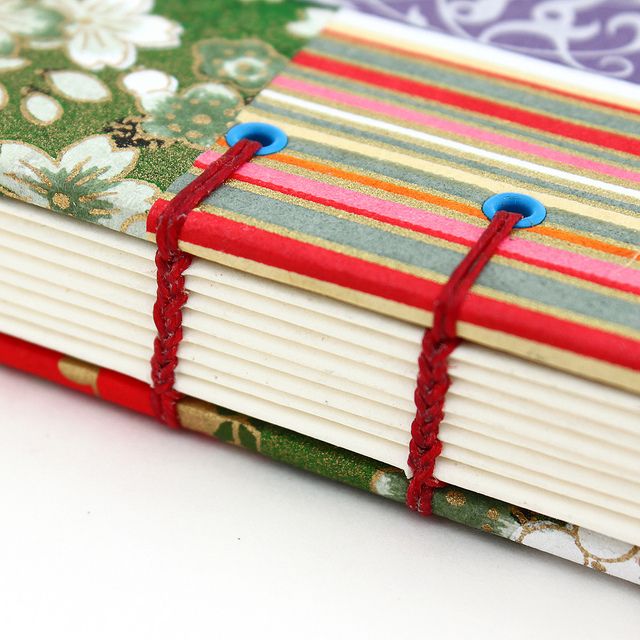 The stories can be as detailed (or not) as you like. One big benefit to writing anecdotal notes is that over time, you will develop your own personal style as a writer. Re-reading your journal periodically will also show you correlations and trends that you may not have otherwise noticed.
The stories can be as detailed (or not) as you like. One big benefit to writing anecdotal notes is that over time, you will develop your own personal style as a writer. Re-reading your journal periodically will also show you correlations and trends that you may not have otherwise noticed.
Tools needed
A pen and a journal
Journal for Memory – Method #19 – Photo journaling
Journals don’t have to be written. There are many people who journal by taking a photo a day. Photo journaling is the simple practice of taking daily photos and logging them somewhere you can see them sequentially. The key to making photography an effective journaling practice is to capture something specific, enabling you to see changes over time. For example, simple living blogger Tammy Stroebel has a practice of capturing her morning view each day. Noah Kalina takes a photo of himself each day. Others participate in a “photo a day” challenge.
No matter what you decide to capture each day, apps like Instagram, Tumblr, and Day One are great platforms for posting daily photos.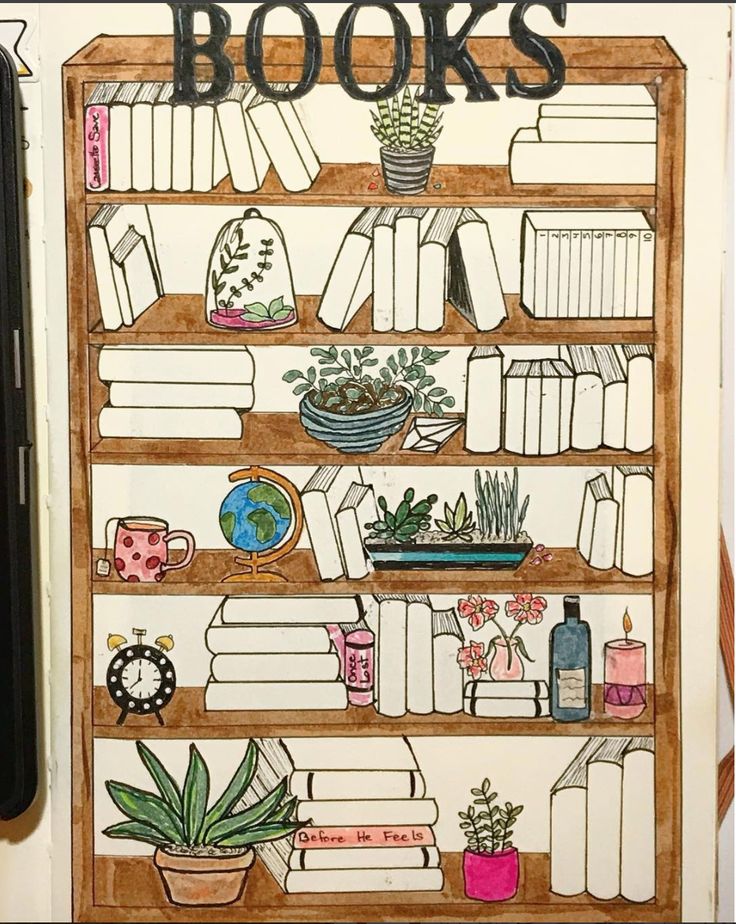 Or, if you prefer an analog journal, simply save the images on your device and have a photobook printed monthly or annually. You can also get creative with photo stickers; the HP Sprocket is a handheld printer that creates 3” x 2” stickers of photos from your phone.
Or, if you prefer an analog journal, simply save the images on your device and have a photobook printed monthly or annually. You can also get creative with photo stickers; the HP Sprocket is a handheld printer that creates 3” x 2” stickers of photos from your phone.
A digital platform (such as Instagram, Tumblr, Day One, Photo 365, Moment Diary, or Journey), or a journal to hold your photo stickers
Journal for Memory – Method #20 – Minimalist journaling
You don’t have to journal paragraphs of prose to capture your days. If you need a fast and easy journaling method, then minimalist journaling might be right for you.
Simply purchase a small journal and keep it by your bedside. At the end of each day, write down your most important thought of the day. Consider recording one thought per page, and keeping it to a single sentence.
The rationale for only writing one thought per page is that all the white space keeps the journal feeling simple.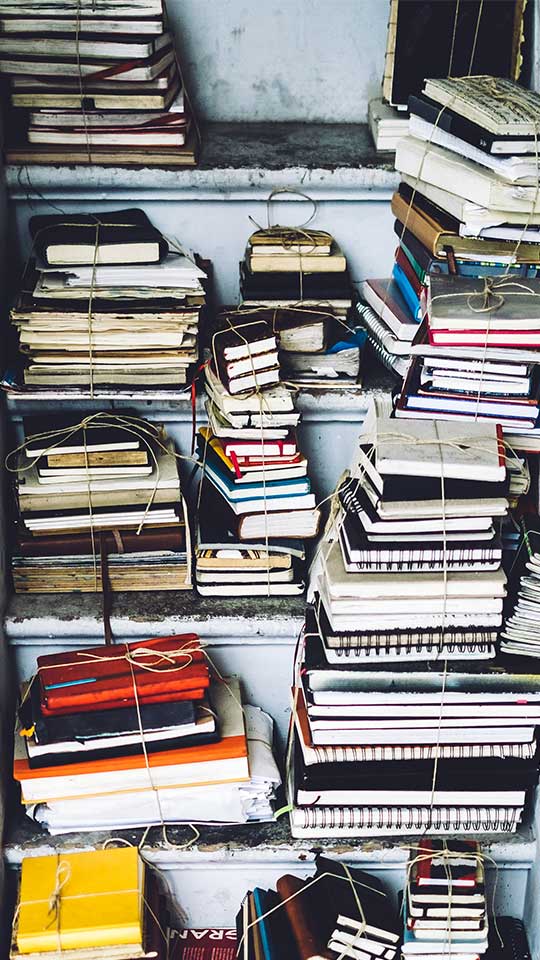 And while initially boiling your entire day down into one sentence may not feel simple, once you get in the rhythm, it becomes a powerful practice for capturing and recalling your most important thoughts.
And while initially boiling your entire day down into one sentence may not feel simple, once you get in the rhythm, it becomes a powerful practice for capturing and recalling your most important thoughts.
A small, thick journal (5.5” x 3.5” or 4” x 2.4”) and a pen to keep by your bed
Resource- Minimalist Journaling: A Fun and Effective Tool for Tremendous Habit Change (Michal Korzonek, via Better Humans on Medium)
Journal for Memory – Method #21 – Keep a travel journal
When planning a trip, consider setting up a travel journal in advance of the trip, noting your itinerary and identifying any points of interest that you would like to see while on the road. Then capture your experiences while traveling—either in prose, bullet points, sketches, pasted ticket stubs, or a combination of all of these things.
When we find ourselves in different environments from our day-to-day lives, our thought patterns tend to change.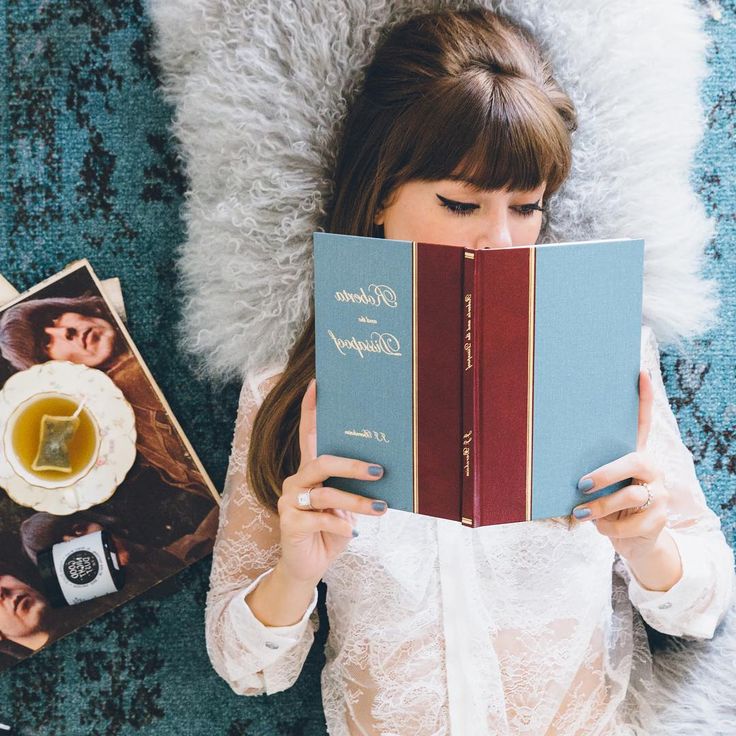 We become more aware of our surroundings. We notice things. Having a way to capture those observations is powerful.
We become more aware of our surroundings. We notice things. Having a way to capture those observations is powerful.
A journal that is easy to carry with you and a pen
Resources- Travel Journal Ideas (Stop dreaming and start planning so you can go)
- Everything you need to know to use a travelers notebook
- COURSE | Alicia Aradilla’s Watercolor Travel Journal Course on Domestika
- Project Untethered – Special thanks to Mitch Glass for sharing a photo from his real travel journal
Journal for Creativity – Method #22 – Morning pages
Artist Julia Cameron has a practice of unloading the mind first thing every morning which has become wildly popular with creatives. In her book, The Artist’s Way, Cameron writes: “In order to retrieve your creativity, you need to find it. I ask you to do this by an apparently pointless process I call the morning pages…the morning pages are three pages of longhand writing, strictly stream-of-consciousness.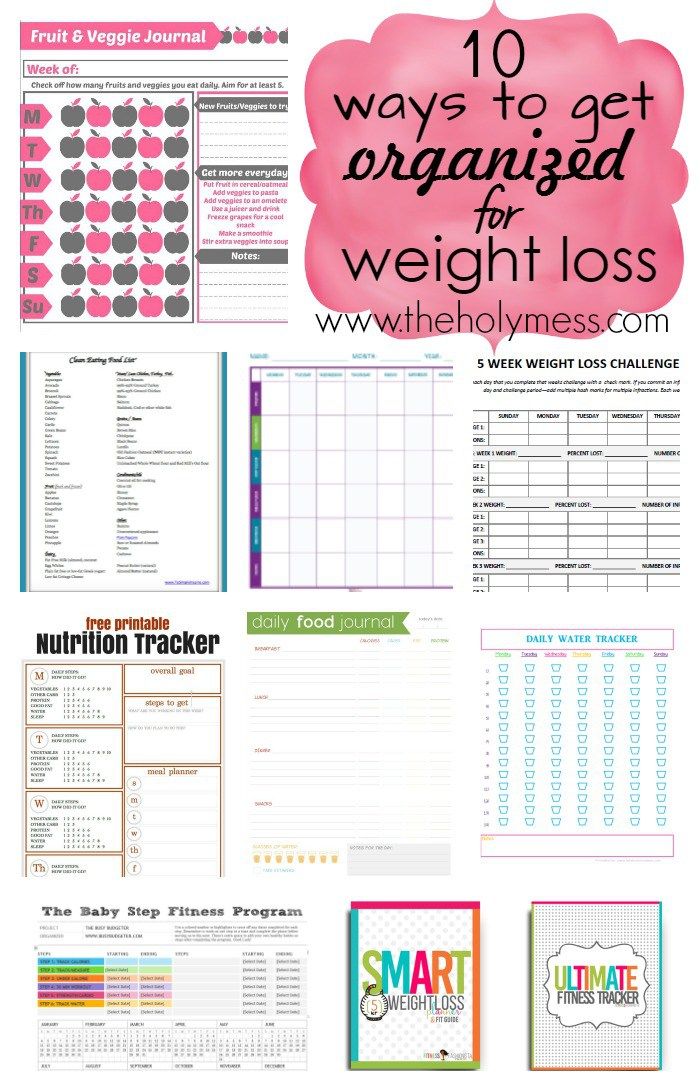 ”
”
Morning pages are neither intended to be writing nor art. Instead, they are a kinesthetic exercise that helps your brain clear itself, so you can be more focused and creative in the rest of your day.
Tools needed
A pen that slides easily across the paper and a blank journal or stack of 8.5 x 11 pages
Journal for Creativity – Method #23 – Art Journaling
Art journaling is a mixed media exercise that blends written words with paint, sketches, stickers, washi tape, or any other art supplies/methods you choose that bring creativity to the page.
If you “used to be creative,” this is an effective practice for bringing artistic experiments back into your life. For one thing, your journal isn’t something you’ll typically show other people. It’s a place for you to try things and explore. This private space for self-expression can increase your personal creativity in powerful ways over time. It can help you reconnect with your inner muse. (Not only that, but the practice is fun!)
Tools needed
A journal with thick pages, artist pens in a variety of sizes (we suggest Faber-Castell’s PITT brand, as the ink doesn’t smear), brush markers (we suggest Tombow), watercolors, stickers, pencils, ink and stamps, and whatever other mediums you might want to experiment with.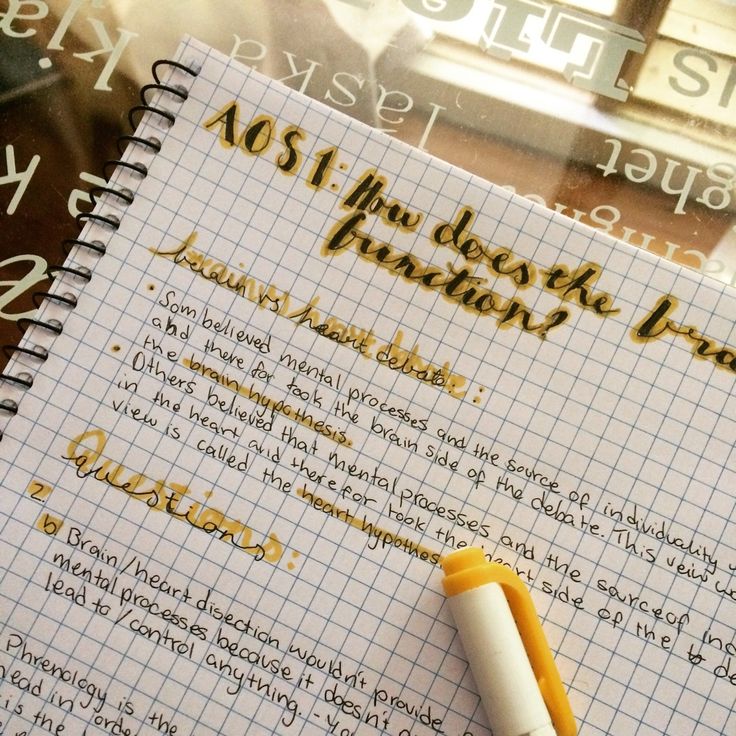
Resources
- The Ultimate Guide for Learning to Art Journal
- 12 Beautifully Easy Artistic Fonts for your Journal
- COURSE | Artistic Watercolor Sketching by Felix Scheinberger
Journal for Creativity – Method # 24 – Sketchnoting
Sketchnoting is a combination of words and images which creates a visual map of the information you are capturing. Arrows, bubbles, stick people, doodles, and call out boxes give shape to the thoughts on a page. This method of visual note-taking is less about artistic skill and more about thinking on paper. You have permission to use “bad drawings.”
Sketchnotes allow you to process information visually. It makes information pop off the page and improves recall. The best part about sketchnoting is that everyone has their own style; to learn yours, just start doing it. Your skill will build over time.
Tools needed
A journal, a pen, a way to add color to your pages (markers, colored pencils, or crayons)
Resources- The Simple Guide to Visual Journaling (Even If You Are Not An Artist) by Cathy Hutchison
- COURSE | How to Start and Keep a Visual Journal
Journal for the Law of Attraction – Method #25 – Journal to uncover limiting beliefs
Limiting beliefs are beliefs which keep us from becoming who we want to be.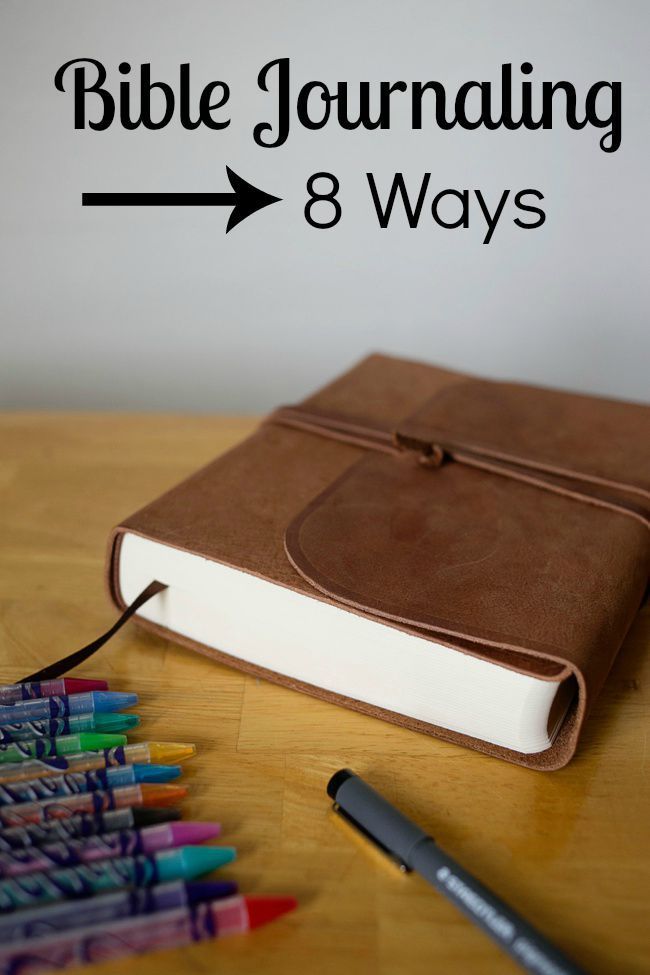 They result in self-sabotage, and keep us stuck. The problem with limiting beliefs is that we normally don’t realize we have them.;hey often stay hidden under the surface unless we dig them up.
They result in self-sabotage, and keep us stuck. The problem with limiting beliefs is that we normally don’t realize we have them.;hey often stay hidden under the surface unless we dig them up.
Journaling to uncover limiting beliefs starts with selecting an affirmation—a positive statement about yourself. It can be personal, such as “I am beautiful and everybody loves me,” or it can be a statement about a way you want your life to be: “I am in a happy, healthy relationship and enjoying great love in my life.”
Write the affirmation you’ve chosen in longhand, over and over. Anytime you feel resistance to it, pause and give that resistance a voice. What are you feeling/thinking?
This might look something like this:
I am beautiful and everybody loves me.
I am beautiful and everybody loves me.
I am beautiful and—who do you think you are? You are NOT beautiful.
I am beautiful and everybody loves me.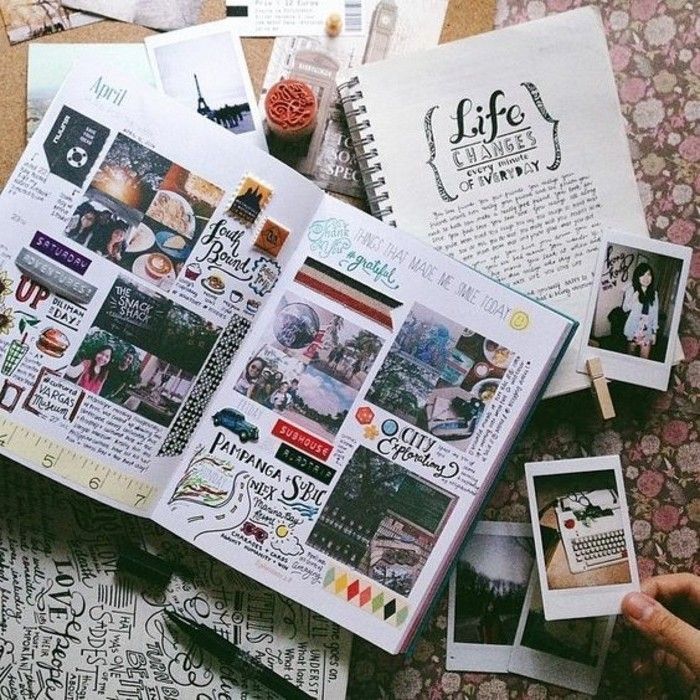
I am beautiful and everybody loves me. You are so ugly. That kid in elementary school told you so.
I am beautiful and everybody loves me.
I am beautiful and everybody loves me. This is a stupid exercise. How could anybody love you?
Affirmations are a quick way to tap into the resisting beliefs that keep us from experiencing the promise of them. If we really believe we are unworthy of love, then we will (sometimes subconsciously) sabotage love in order to prove ourselves right.
By giving a voice to the resistance, you unmask it—and that exposure can allow you to work with the lies you believe about yourself – helping you get to the root cause of them, and eventually to rewrite the script.
Tools needed
A journal and a pen (maybe a straight edge to draw a line to divide the page)
Journal for the Law of Attraction – Method #26 – Count your blessings
Journaling what we are thankful for has been scientifically proven to provide psychological, physical, and interpersonal benefits.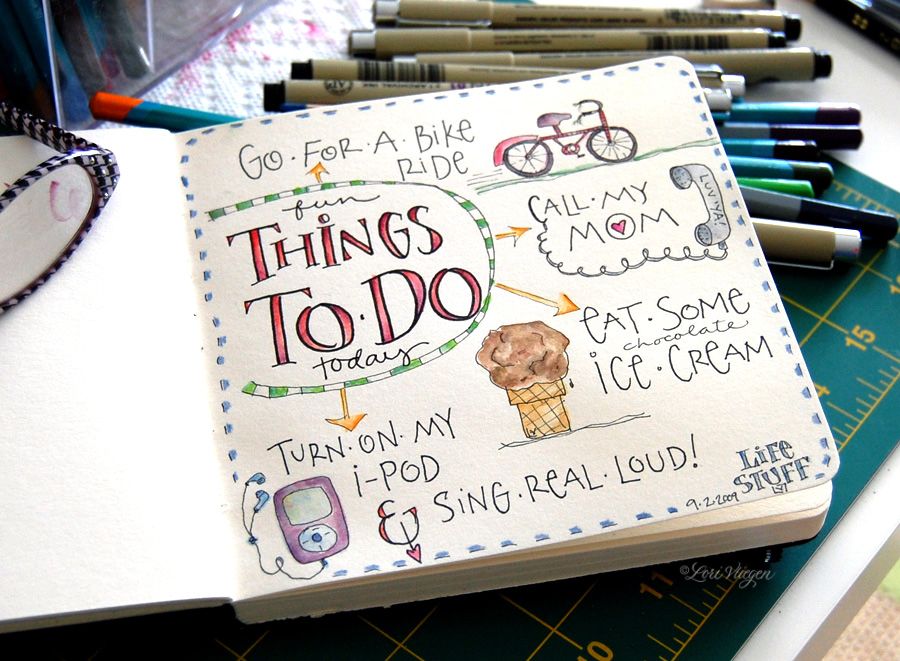 Systematically counting our blessings can be as simple as starting each morning or ending each evening by listing 10 things we are thankful for, writing in our journals about why we are grateful for a person or an event, or even just taking a minimalist approach and recording one thing we are grateful for each day.
Systematically counting our blessings can be as simple as starting each morning or ending each evening by listing 10 things we are thankful for, writing in our journals about why we are grateful for a person or an event, or even just taking a minimalist approach and recording one thing we are grateful for each day.
Capturing gratitude – and periodically reviewing what we’ve captured – creates change in us over time and puts us in a space where we are able to receive more. Bob Proctor shares, “Expressing gratitude instantly shifts your energy. It puts you in harmony with your source of supply so that the good in everything moves toward you.”
Tools needed
A pen and a journal
Resources
- Some of the richest people have gratitude practices. Should you?
- 301+ Journaling Prompts for Breathtaking Freedom and Powerful Insight (With over 50 prompts for gratitude)
- A Skeptic’s Guide to Gratitude Journaling
Journal for the Law of Attraction – Method #27 – Start an imaginary correspondence
In her book, Write it Down, Make it Happen, Henriette Anne Klauser, shares the story of a woman who began writing letters to her future soul mate.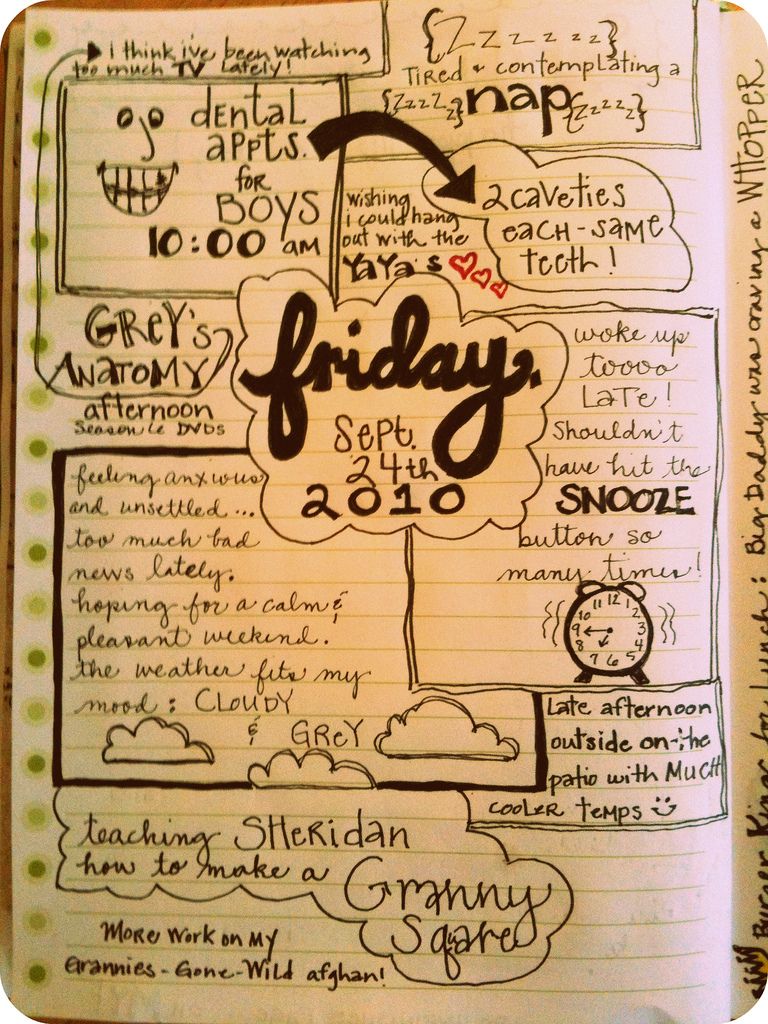 The book details how the letters resulted in her meeting the love of her life.
The book details how the letters resulted in her meeting the love of her life.
Napoleon Hill—author of Think and Grow Rich—says “No one is ready for a thing until he believes he can acquire it. The state of mind must be belief, not mere hope or wish.”
The process of writing letters to a soulmate, or a new job, or a new house, makes it more real to us. This journaling method is powerful because over time it creates belief.
Tools neededA pen and a journal (or stationary and envelopes)
From scientists to celebrities to productivity gurus, everyone is proclaiming that journaling is a life-changer. So why is it so few of us actually know how to journal? Subscribe and get the free How to Journal PDFJournal for the Law of Attraction – Method #28 – Vision boarding
A vision board is a tool for communicating your dreams and goals to yourself in visual format. The premise is that the subconscious communicates visually, and the vision board creates a daily reminder of what you most want.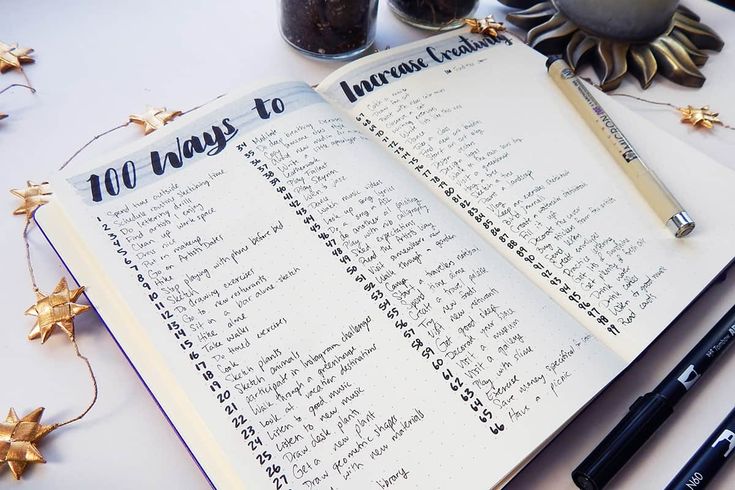 The idea is to not only engage your thinking brain in your dreams, but your subconscious mind and heart as well. Think of the vision board as a cue card for your subconscious to take you in the direction you want to go.
The idea is to not only engage your thinking brain in your dreams, but your subconscious mind and heart as well. Think of the vision board as a cue card for your subconscious to take you in the direction you want to go.
When you capture your aspirations and put them in your daily line of sight, the reminder impacts your daily decisions. Your vision board can either be a physical board or a spread in the front of your journal. Reviewing the board daily as you envision yourself living your dreams.
Tools needed
blank spread in your journal or a large poster board, pens, markers, magazines (or ephemera) and a glue stick
Resource
- 8 Ways to Vision Board without Cutting Up a Single Magazine
Once you’ve test-driven a few methods and found the one best suited to you and the goals you hope to accomplish, the next step is to start the practice, and begin reaping the benefits. Journaling is most effective when it is consistent.
With this ultimate guide on how to journal in hand, one thing is certain: you will never again have to worry about sitting in front of a blank page, listening to crickets, with no idea what to do!
Want to receive our journaling pdf that has the 28 methods plus hundreds of resources? Subscribe to yourvisualjournal.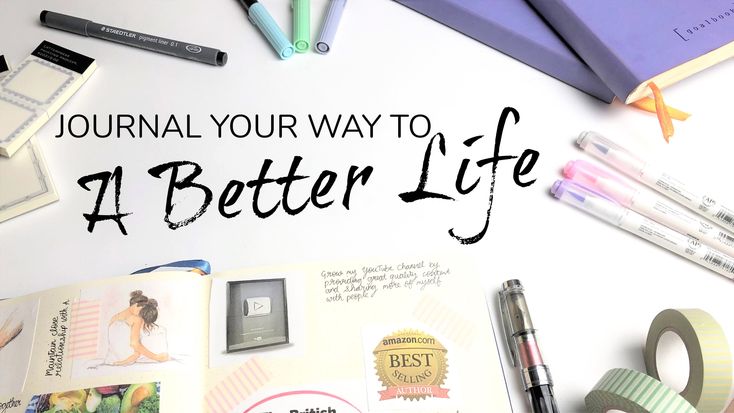 com right here to download the How to Journal PDF.
com right here to download the How to Journal PDF.
Additional Resource: Take an online visual journaling course
Learn how to start and keep a visual journal to
reclaim your time, boost your personal creativity, easily achieve your goals, and successfully live a more intentional life. Learn more here!How To Start (And Keep) A Visual Journal7 easy ways to keep a personal diary
The list of famous people who are famous for keeping a diary is impressive: Oscar Wilde, Marcus Aurelius, Anne Frank, Ralph Waldo Emerson, Henry David Thoreau, Michel Montaigne, Virginia Woolf. Pushkin, Dostoevsky, Tolstoy, Bunin, Chukovsky, Vera Inber. And these are only those whose diaries became known and were not put on fire in order to keep secrets. How to keep a personal diary? Let's start with the question "Why keep a diary?". Journaling is a great practice to develop emotional intelligence, a tool for self-discovery and self-control.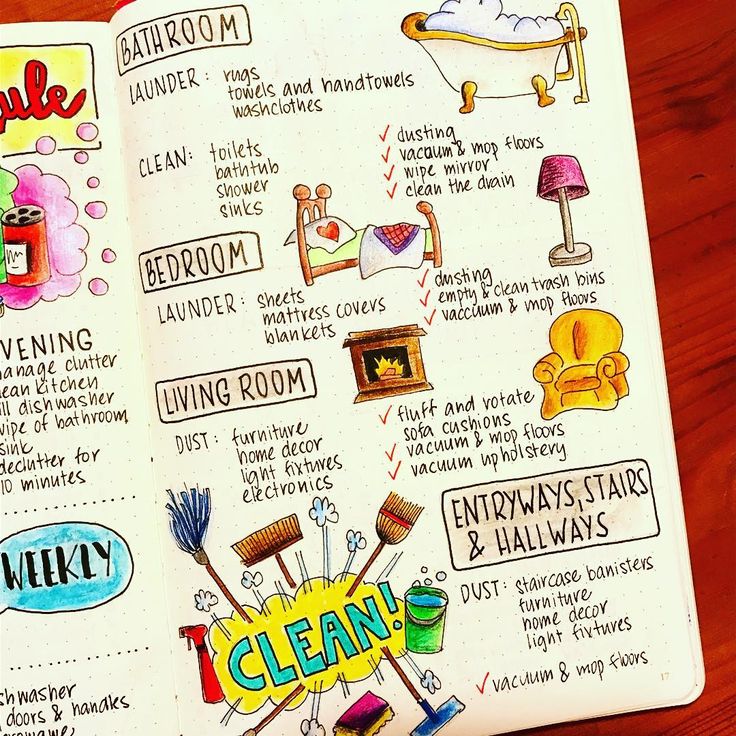 Why did these people devote every day to writing exercises? To paraphrase Susan Sontag, in the diary they could not only openly express themselves, they could create yourself .
Why did these people devote every day to writing exercises? To paraphrase Susan Sontag, in the diary they could not only openly express themselves, they could create yourself .
Kafka's observation of his own diary practice:
“In the diary you will find evidence that in situations that today seem unbearable, you lived, realized what was happening and wrote down observations. Today we can be wiser because we can look back at our former state. And it is precisely through this that we recognize the courage of our former aspirations, in which we persisted, even being in complete ignorance.
Contents
- 7 easy ways to start keeping a personal diary
-
- 1. Set a specific time for journaling
- 2. Make time to practice
- 3. No pressure. Just write.
- 4. Identify simple topics that you can write about every day
- 5. Keep a chronological journal of the day's events
- 6.
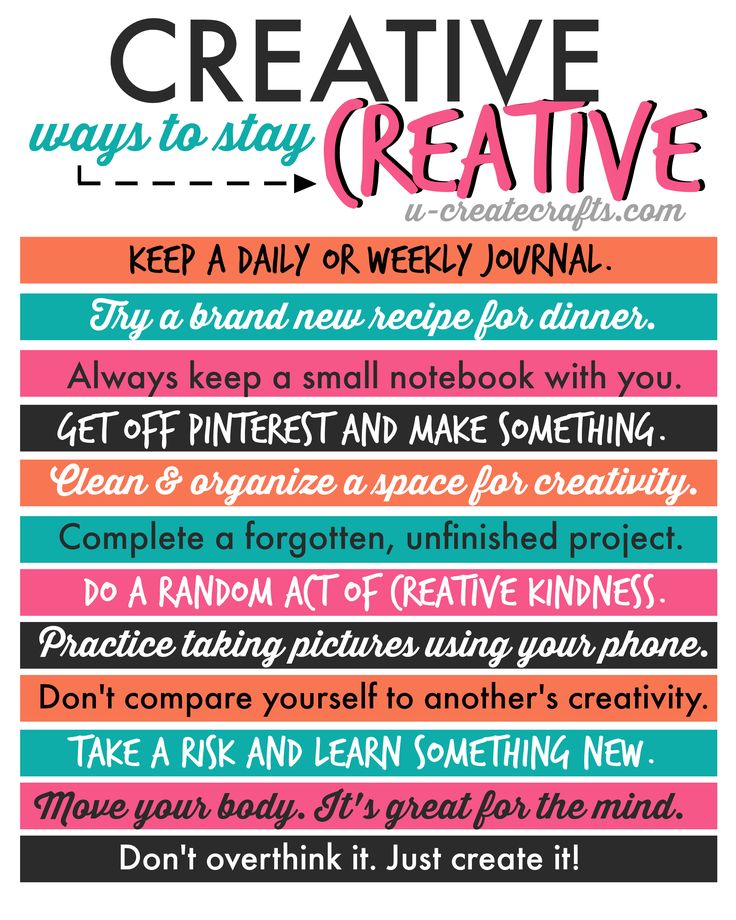 Keep a book of personal ideas
Keep a book of personal ideas - 7. Do not interrupt the chain of daily activities
- How to keep a diary
-
- 7 tips for keeping a personal diary
-
- 1. Brainstorm about what you are going to write
- 2. Write down your answers 4. Choose a format
- 5. Experiment - allow yourself different types of entries
- 6. Relax while writing
- 7. Use chronology and titles as your guides
- Additional recommendation:
- Also worth reading:
-
Of course, we often see a big difference between doing something and doing something well. If you find it difficult to keep a diary or do not feel the proper results, do not despair. It is a habit, or rather a practice, in which many people have difficulty. The following personal diary ideas and guidelines for implementing them should help. Personally, they have been helpful to me.
7 easy ways to start keeping a personal diary
1.
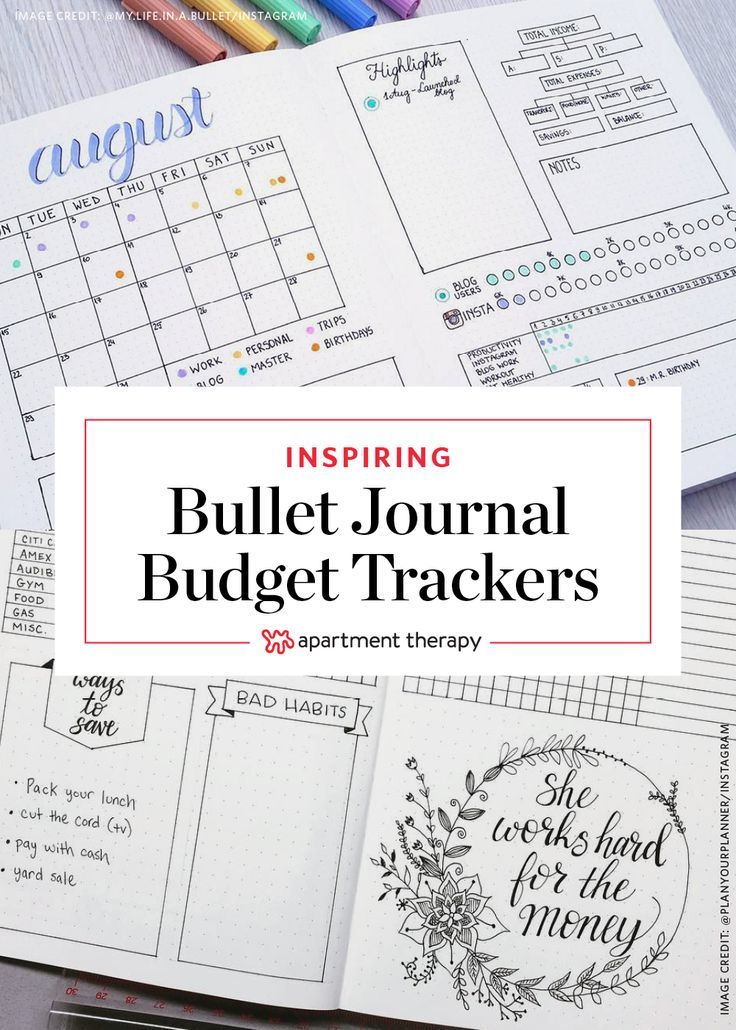 Set a specific time for journaling
Set a specific time for journaling The Stoics believed that the two best times for reflection were morning and evening. That is, prepare for the day ahead and review the day that has just passed. Probably Marcus Aurelius wrote his famous Meditations in the morning, while Seneca preferred the evening. In his words, "When the lights went out and my wife was silent ... I review all day - what I did and said - without hiding anything from myself, without missing anything."
Conclusion: the point is not that morning or evening is better, but that you need to choose a specific time of the day for yourself and use it for your writing practice. If the timing is chaotic, spontaneous, then too often it does not work properly, the implemented practice does not become a habit.
2. Create time to practice
Tony Robbins, describing his morning ritual, said, "If you don't have 10 minutes for yourself, you don't have a life."
The problem is not whether you have time to keep a personal diary.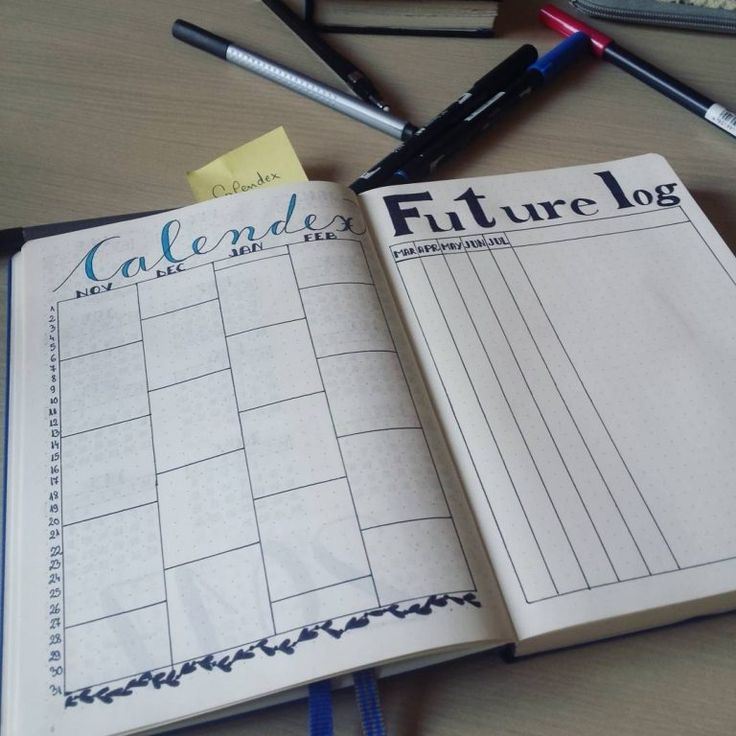 More importantly, are you willing to set aside time each day to clearly define what you want to achieve and how you want to act during the day—setting up and preparing yourself for the day ahead? Maybe you don't have 10 minutes today. But you can find 5 minutes. Or even just ONE minute. Can you start your morning tomorrow by taking one minute to journal?
More importantly, are you willing to set aside time each day to clearly define what you want to achieve and how you want to act during the day—setting up and preparing yourself for the day ahead? Maybe you don't have 10 minutes today. But you can find 5 minutes. Or even just ONE minute. Can you start your morning tomorrow by taking one minute to journal?
In my opinion, this is the key point in how to keep a personal diary. Taking the time to practice, even if it's just 5 minutes, is an opportunity to form a habit you'll be grateful for years later.
3. No pressure. Just write.
Personal diary - space without critics. Nobody will ever read what you write. There is a chance that you yourself will not reread them. The benefit and purpose of regular writing practice is to bring your thoughts to the surface—the surface of the pages.
Tim Ferriss put it this way: Keeping a personal diary is a way to trap your worries and fears into lines on a page so you can get on with your day.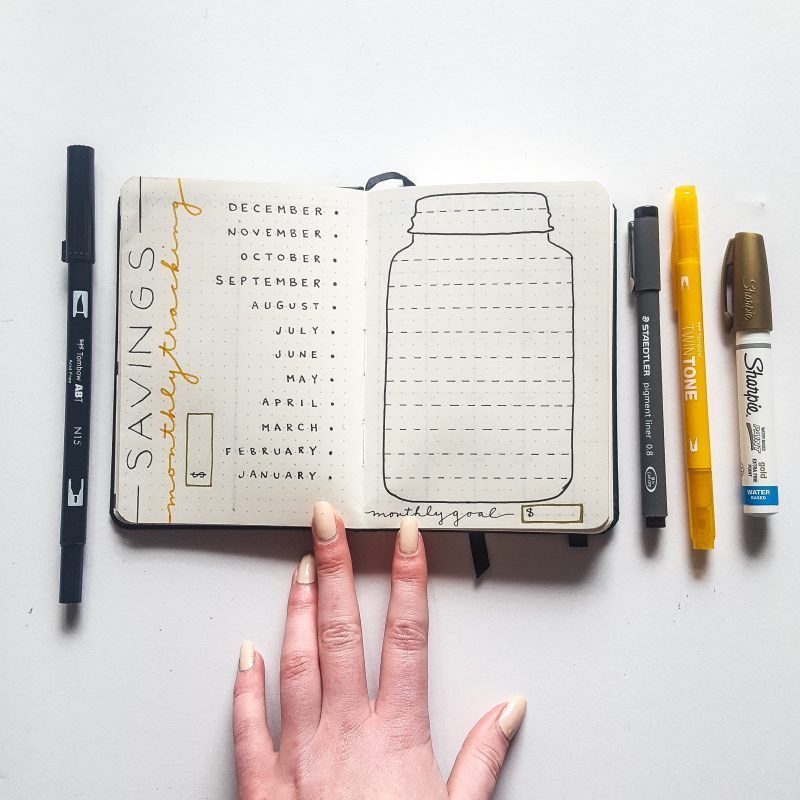 To see things clearly and your worries don't "ricochet around all day like a bullet inside your skull."
To see things clearly and your worries don't "ricochet around all day like a bullet inside your skull."
4. Identify simple topics you can write about every day
One way to make journaling easy and fun is to write down simple things every day, you can say little things, it's easy to do. For example, I wrote down every evening how much I walked / ran, where I was, one moment for which I am grateful for this day, key achievements and successes of the day. It's like "clearing your throat", stretching your joints before a run, placing pieces on a chessboard.
This helps me get started. I never have to look at a blank page and think, “What should I write about?”. I have chosen “blanks” for myself and I can start a new recording very simply.
For example, writer James Clear writes down his number of push-ups and pages read, and Nobel Prize winner Daniel Kahneman suggests keeping track of decisions in a diary. Members of the Quantified Self community use gadgets and apps to track various metrics in their daily lives, such as daily steps, current weight, sleep duration, calls, and Facebook visits.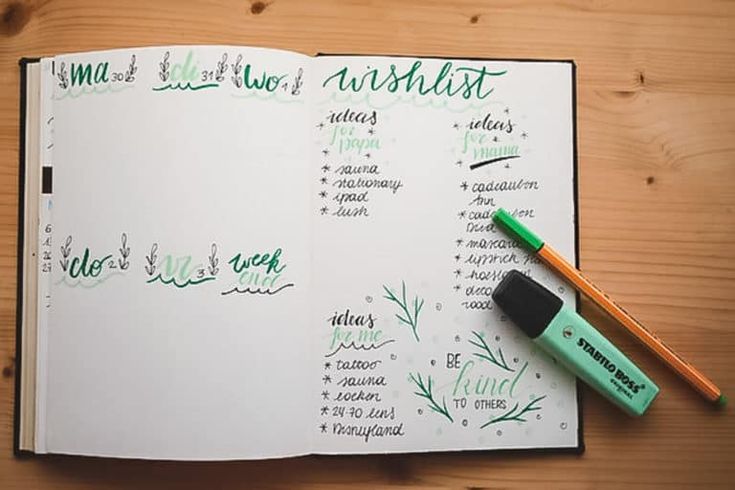
Watch Robin Sharma's video on the practice of gratitude, on how to keep a personal diary:
5. Keep a chronological journal of the day's events
Bestselling author and artist Austin Kleon kept an event journal - each day he wrote down a simple list of things that happened to him . Who did he meet, what did he do, etc. Why such a format? For this reason, it is difficult for many to keep a diary: “Firstly, I am lazy. It is easier to simply list the events of the day than to create a special narrative out of them. Every time I tried to keep a diary, I quickly lost my fuse. But this approach still helps him to remember what he did and what he drew just by opening his diary years later. Keeping a chronology is easily combined with the strategy from the previous paragraph. If you find it difficult to decide how to keep a personal diary, just write a "personal chronicle".
6. Start a book of personal ideas
Thomas Edison kept a notebook called "The Book of Personal Ideas" in which the famous inventor and entrepreneur kept his sometimes strange ideas - everything that came to his mind, such as "ink for the blind.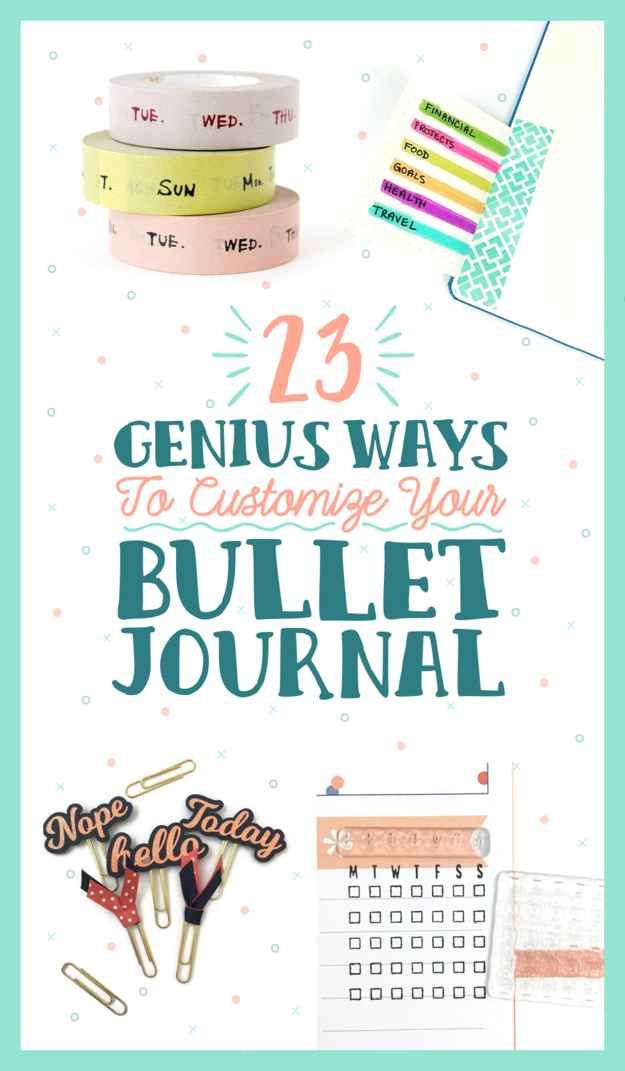 " The ideas brought together stimulated the emergence of new ideas, many of which made Edison not only famous, but also rich.
" The ideas brought together stimulated the emergence of new ideas, many of which made Edison not only famous, but also rich.
Investor and best-selling author James Altucher does the same to train his "thinking muscle." He carries around a notebook like a waiter and forces himself to come up with at least 10 ideas a day.
When I started my LiveJournal in the fall of 2009, I began collecting quotes, ideas, stories, and facts that inspired me so I could easily find them later. Capacious wording of meanings in quotes is a great example to learn how to formulate your own ideas. Later, I also started using twitter, with the help of which I trained the skill to fit the whole meaning into 140 characters. This is a great training for writing sales headlines - try it!
If you look at many contemporary bestsellers, you will find that quotations serve as epigraphs to chapters. It is much easier to collect them not from scratch, but to choose from a personal “library of selected quotes”.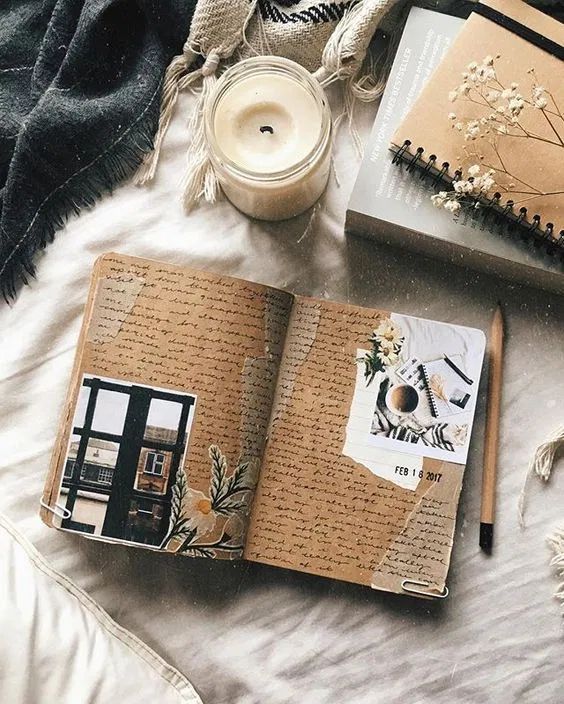
7. Do not interrupt the chain of daily activities
"I tried to keep a personal diary, but after a couple of days I just gave up doing it." One of the richest comedians in the world, Jerry Seinfeld, once gave a young comedian named Brad Isaac some advice on how to write funny stories for performances. Seinfeld suggested that he take a calendar and every day he writes a new joke, mark the date with an X. When you get a chain of consecutive XXXs, your job is to simply not break the chain.
The secret of success is the momentum and acceleration you gain. Once you get moving and start moving, it will be much easier to continue. Start journaling every day, create your own chain, and then write so you don't break it. Maintain your sequence of successes.
Here are 7 easy ways to start keeping a personal diary.
What ideas for a personal diary did you like the most? What do you want to start with? Write in the comments or a message on Facebook - I am preparing a series of articles and a small move for those who want to start their diary.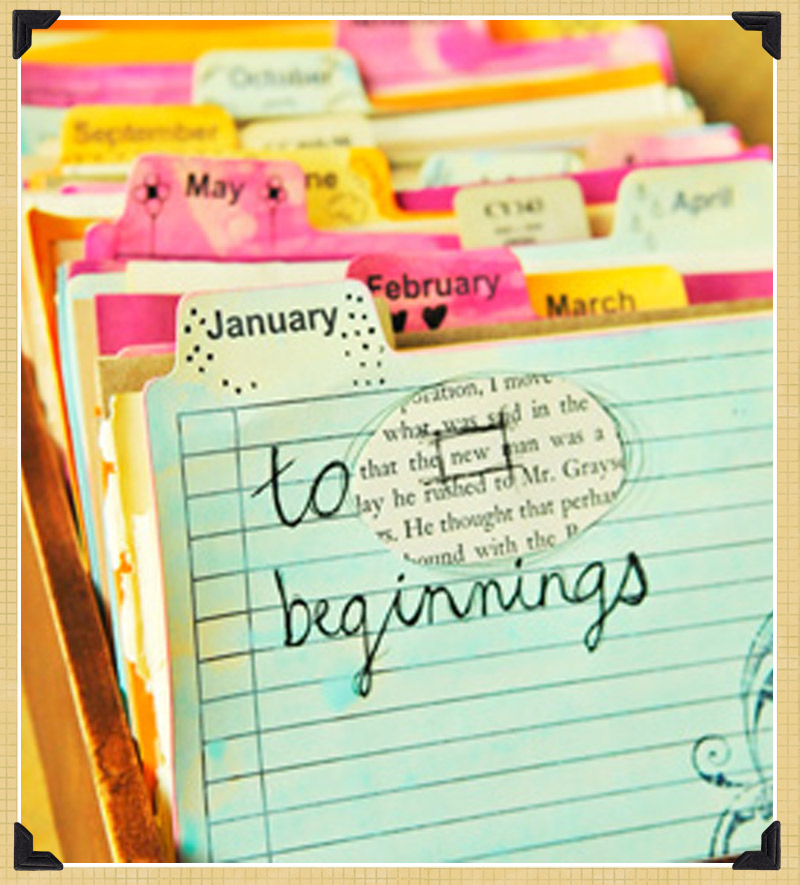
Update - continued: 5 more easy ways to keep a personal diary.
How to keep a diary
In my opinion, how to keep a personal diary is rather an individual choice, there is no correct answer here as in a math textbook. Diary entries can be long or short. They can be structural and specific. And they can be dreamy or chaotic. This is your choice and may change depending on circumstances and needs.
In order to keep a diary and not forget it, I suggest using the following checklist:
7 tips for keeping a personal diary
1. Brainstorm about what you are going to write
Use the first couple of minutes to decide what you are about going to write this time. I hope you have already decided what your diary is about, so it's time to dig deeper into the chosen topic and choose what resonates right now.
2. Ask yourself questions
Use guiding questions to help you write, for example:
- What did you learn today? How will you use these ideas/knowledge
- What do you want to achieve - in the next month or in a year or two or three? What will you do today or tomorrow?
- What do you want to change in your life? What results will this give you, your loved ones?
- How are you feeling? What can you learn from this?
Questions may be about your life in general or specific areas of your life, but go inward and ask yourself clarifying questions.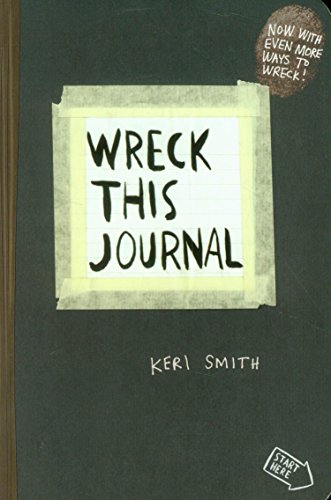
3. Write down your answers
Your diary entry can be your answers to the selected questions. This is a great way to start writing when you don't know what to write about that day.
4. Choose the format
Your entries can be in different formats, depending on what you write about. Some people prefer to write just a couple of lines, others like to write in detail and on several pages (morning pages from Julia Cameron's The Artist's Way). Decide what you like best and experiment. Diary examples:
- Bullet Journal (bullet journal) - a diary in the form of lists, checklists
For example, you make a list of what you want to achieve in the future. - Dialogues
You may be writing about a conversation you had or would like to have. - Notes with drawings
Maybe your note is just a bunch of thoughts that you had on a particular day. And a diary entry is a way to unravel it. Or just free your head from these thoughts.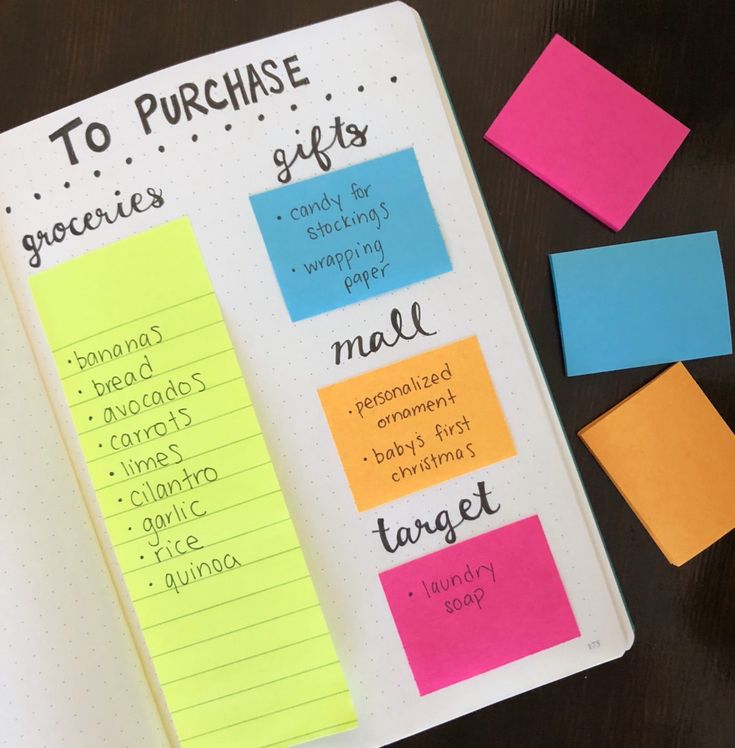
- Posts with photographs
For example, you travel, save the stages of construction or experiments in needlework.
5. Experiment - allow yourself different types of entries
Try different formats so you don't get bored. Perhaps you write on certain topics, but your inner creator doesn't want to repeat yourself. The variety of your entries will also highlight the progress you have made and what you have learned.
6. Take it easy while writing
Your personal diary is a non-judgmental zone, it doesn't have to be perfect. Let the words form into sentences like a stream. And the initial choice of topic is more of a starting point than a goal. With practice comes skill.
7. Use chronology and titles as your guides
Put dates in your notes, you may find it useful later. You can use the same principle in the narration itself within the post. It's easier for a person to remember events in the form of a chronological chain - try to describe them in the same sequence and avoid chaos.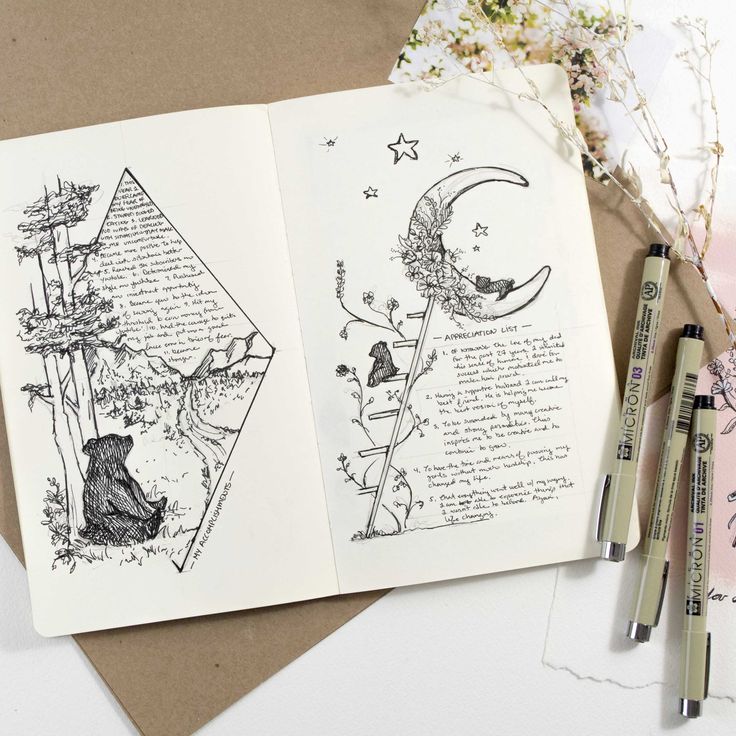 If the chronology does not work out, then you can experiment with mind maps (mindmap).
If the chronology does not work out, then you can experiment with mind maps (mindmap).
At the beginning or end of the story, you can choose a title for the entry in the diary - in the future, the date and title will help you navigate the entries.
Which of the recommendations in this diary checklist would be more helpful to you?
If you still have doubts or questions about how to start keeping a personal diary, then the diary application can help you. Here are some popular apps with free versions:
- Day One (MacOS, iOS, watchOS, Android), Apple's Editors Choice in the App Store
- Evernote (MacOS, Windows, iOS, Android, Online)
- Journey (MacOS, Windows, Linux, iOS, Android, Online), suitable for 9 travel journal0022
- Daylio (iOS, Android), helps you save your various moods
By the way, I started developing a Telegram chatbot - a diary assistant, it offers seeding questions and ideas for a personal diary.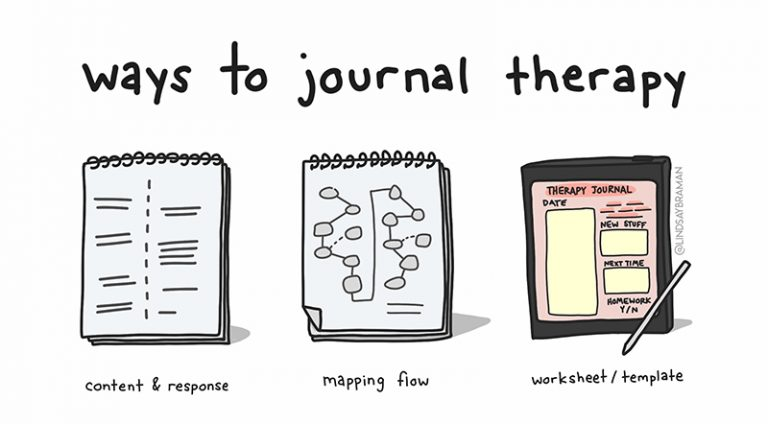 Want to try?
Want to try?
Additional recommendations:
- Radislav Gandapas: How to start acting?
- How to overcome fears and take action. Tim Ferris Exercise
- Brené Brown: The Power of Vulnerability, Criticism, Courage, and the Gifts of Imperfection
Also worth reading:
How to keep a diary: 10 tips • Arzamas
You have Javascript disabled. Please change your browser settings.
CourseWhy people keep diaries and historians read themAudio lecturesMaterialsDon't worry about mistakes, write when you want, encrypt secrets, carry a notepad with you - and other valuable recommendations
Author Ilya Venyavkin
1. It's never too late to start
There is no specific time or age when you need to start a diary: you may need it at any time in your life. For example, first-grader Alexandra Ippolitova began to take notes directly in her school notebook. She tried to write down everything that happened to her at school and at home:
A page from the diary of first-grader Alexandra Ippolitova. 1984 © "Prozhito""January 17, 1984 Here and below, fragments of the diaries are given in accordance with the author's spelling and punctuation.

School.
Today at school everyone said that we would have 5 lessons in the class. And I said to myself that we would have three lessons. Because the third lesson was 3 filmstrips and the 4th lesson was the Mosconcert. And in the 5th lesson there was a skiing physicist.
Houses.
I forgot!
And an anonymous author from Ust-Narva, whose diary is kept in the archives of the Research Center for Eastern Europe at the University of Bremen (Forschungsstelle Osteuropa), began to write notes a week after his retirement:
"9-VIII-68
I know that the proportion of many who “have gone on a well-deserved rest,” as our sentimentally sugary newspapermen and party trade union speakers define pensioners, is unenviable: they gradually, but still very visibly and tangibly, grow fat, go crazy, get sick and quickly merge with their mother- nature, participating with their remains in the eternal rotation of matter.Salvation is not to lose shape, to do something, to strive for something, to participate in something - while the bowler hat is cooking and the legs are being worn. Keeping a diary is a kind of such work.
2. Short notes are valuable too!
To keep a diary, one does not need to have any literary talent, nor a love for detailed descriptions or introspection - even fragmentary entries can be of value. Emperor Nicholas II kept a diary from the age of fourteen and always did it in a sparse factual manner - regardless of what was happening around - war or revolution. The last entry was made on June 30, 1918 - a few weeks before the execution:
The last entry in the diary of Nicholas II. June 30, 1918 State Archive of the Russian Federation“Aleksey took his first bath after Tobolsk; his knee is getting better, but he cannot straighten it completely. The weather is warm and pleasant. We have no news from outside."
3.
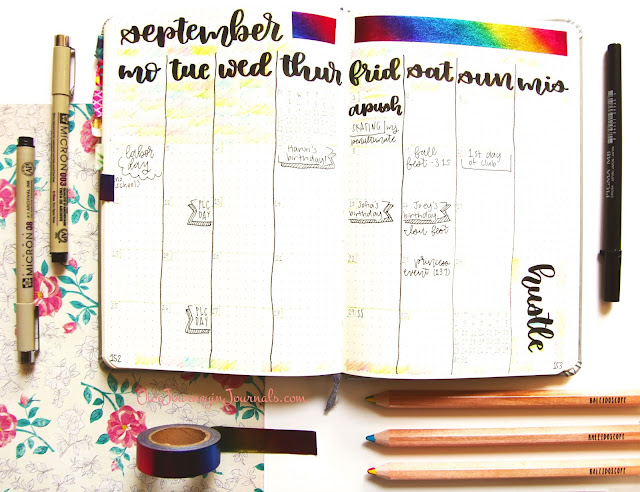 Use the diary for observations
Use the diary for observations You don't have to wait until something extraordinary happens in your life. Just looking around is enough. Biologist Boris Golov watched birds all his life and wrote down his observations in a diary:
Diary of Boris Golov. 1938 © "Prozhito"May 3, 1938
Grishkov forest. I scared a jay out of a hollow. It is possible that a nest is arranged there. Last year, in the same hollow, there was a jay's nest. Two buzzards fly very low over the forest. A black kite flew by.
Ilya Melgunov, an employee of the Leningrad post office, followed the life of the ficus:
February 5, 1971 years old
Ficus is sick again. Leaves are falling. There are 9 leaves left. Today I took a ficus out of the pot, washed the ground. I planted it again not so tightly for the roots. <…>
18 February
The ficus has only 3 leaves left.I expect the latter will either fall or get better. I suspect a cat - didn’t she go into a pot of ficus?
4. Talk to the diary
It is difficult to establish who first turned to his diary as an interlocutor. One can only say that this practice became popular at the turn of the 18th-19th centuries and arose under the influence of the epistolary genre. At this time, many authors notice that an interesting and trustworthy interlocutor can be not only a pen pal, but also a diary.
Diary of Magdalena van Schinne. Cover of the 1990 edition © Uitgeverij VerlorenIn October 1788, the Dutch girl Magdalena van Schinne, instead of writing and sending a letter to her friend, simply wrote down on a piece of paper:
“Oh my paper, you are the only one who will hear my ideas, feelings, worries and joys. Here I can pour out my whole soul; with others, even my best friends, I want to learn how to hide my feelings, or at least I don't want to tell them about myself anymore.
You are my only confidant."
Since then, the diary has repeatedly helped people in a situation where they lacked a reliable and understanding interlocutor.
5. Share experiences with your diary
The diary helps to turn feelings, worries and doubts into text on paper, and therefore look at them from the side. Sometimes it is necessary to take a breath, make a difficult decision or understand something important about yourself.
December 1, 1923 Soviet Komsomol member Valentina Sokolova wrote in her diary:
Diary of Valentina Sokolova.“<…> Now I only think about the future. What will come of me. Am I always going to feel out of place. After all, it is flour. I thought that I love adventures and suddenly everything was shaken. What to do? For what? Yes, and will anything come of it? Am I going to be an extra person? Let's put the last question, I solved it last year and it seems right. And now what to do?
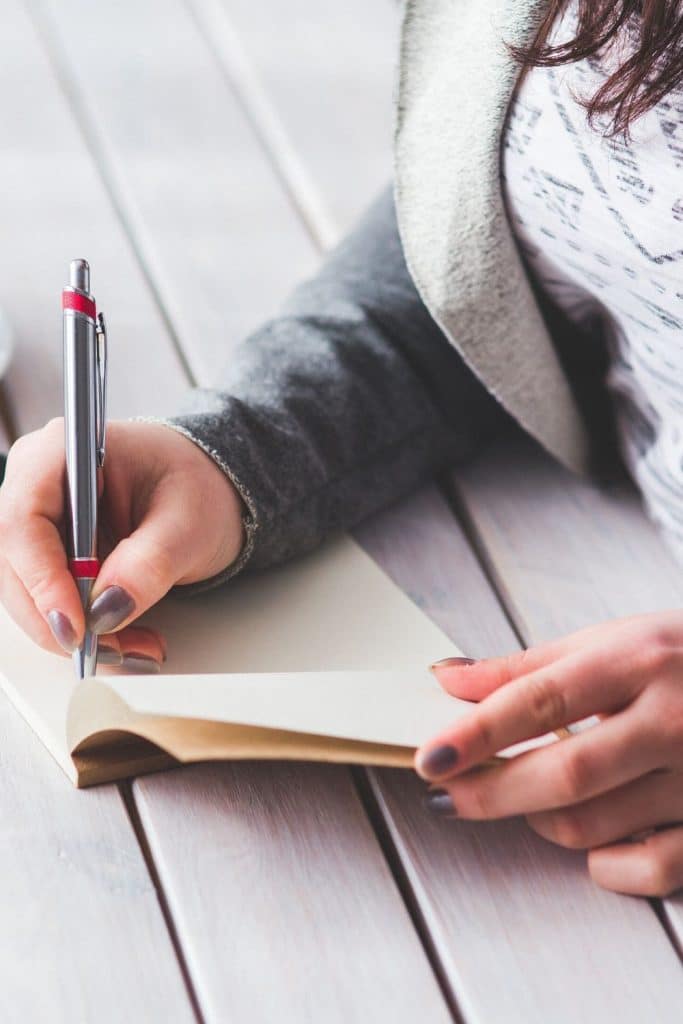 1923 State Archive of the Perm Territory
1923 State Archive of the Perm Territory 6. If you don't like to write, record on a voice recorder
A diary does not have to be on paper at all: it can be recorded on an audio cassette (this is what the hero of the Rewind podcast journalist Evgeny Berg did) or simply on a smartphone.
7. Or draw, stick on photos, magazine clippings, tickets and anything else you care to keep
A diary is not always exclusively a text that you yourself wrote. In fact, this is an archive of your impressions, into which you, like in a herbarium, paste everything that you do not want to forget.
Anonymous diary. 2000 © "Prozhito"Thus, in 2000, a fan of the St. Petersburg "Zenith" pasted portraits of her favorite football players, drawings and a photograph of the Depeche Mode group into her diary.
August 3, 2000
Yesterday I was at Zenith with the girls.It was cool. Zenit - Spartak Alania 2:1. Zenit is a champion!!!
How cool it was.
At the 7th minute, Radimov scored so beautifully from a free kick a goal into the far nine.
Party playlist for football fans and more
Songs listened to and sung by Zenit fans, truckers, and teenagers in the yards
8. If you feel that the records are too personal and may fall into the wrong hands, use the cipher
Portrait of Samuel Pepys. Painting by John Hales. 1666 © National Portrait Gallery, LondonLondon official Samuel Pepys, the author of one of the most famous diaries in history, used a mix of Spanish and French to make it difficult to read fragments about his love affairs.
February 17, 1667
The Mitchels and his wife paid us a visit, we drank and laughed a lot, after which - it was a beautiful evening, the moon was shining - the Mitchels and I went for a boat ride.To my chagrin, I saw how all the way ella huddles a su marido and hides manos, quando yo I try to take one de los - so this evening nothing happened to me con ella. When we landed, I, on some plausible pretense, sent my husband back to the bateau, hoping to snatch a couple of baisers from her; I took it by the hand, but ella turned away, and quando I said: “I can’t tocar te?” - with a slight modo she answered: "Yo no I love it when they touch me." I pretended not to notice this, after which I politely said goodbye, et su marido andar me almost to the micasa, where we parted. Alexander Livergant.
And the Soviet schoolboy Oleg Chernevsky used a self-made cipher from brackets, semicolons and other signs.
Encrypted diary of a schoolboy of the Stalin era
What Oleg Chernevsky wrote about in 1937-1938
9. Don't force yourself to write every day (if you don't feel like it)
The diary must not be regular.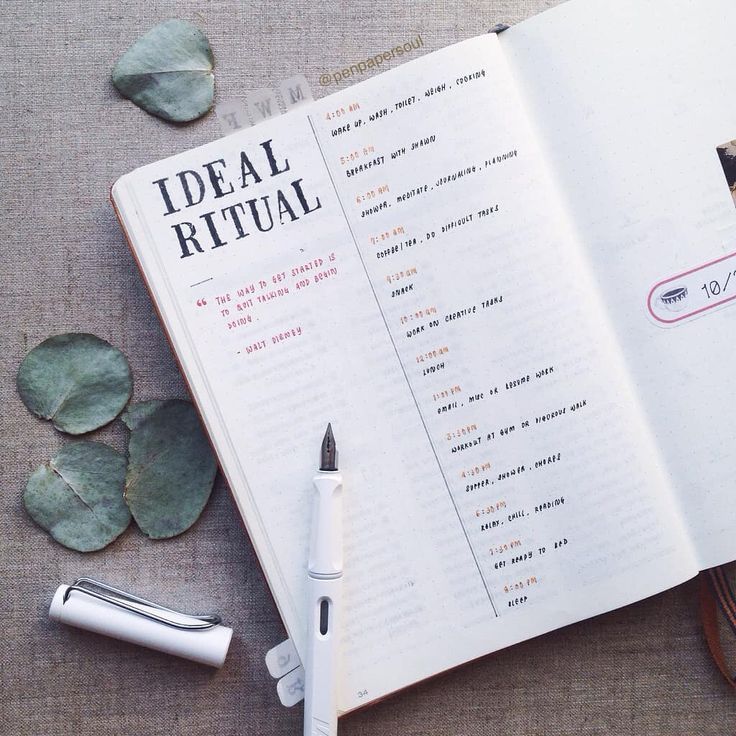 You can contact him when the need arises. For example, Leo Tolstoy kept a diary almost all his life, but in the 1870s he took a break and wrote almost nothing. Or, conversely, always carry a notebook with you and write down everything you see. So did the engineer Eduard Yanovich, who left more than 300 notebooks.
You can contact him when the need arises. For example, Leo Tolstoy kept a diary almost all his life, but in the 1870s he took a break and wrote almost nothing. Or, conversely, always carry a notebook with you and write down everything you see. So did the engineer Eduard Yanovich, who left more than 300 notebooks.
10. Don't worry about mistakes and handwriting
Many diary writers strive for perfect handwriting and literate writing, but it is important that the internal corrector does not kill the desire to write.
Horizontal turner Nikolai Belousov studied a lot, read and was very worried about his mistakes, but still kept a diary.
October 19, 1937
Weakness in orgonism, but does not quench the burning desire for reading, I read so much that vacationers are surprised. I see myself among them, lonely, and thinking many young women are afraid to speak with doubt, thinking that I am very proud, this can be seen from the stern look.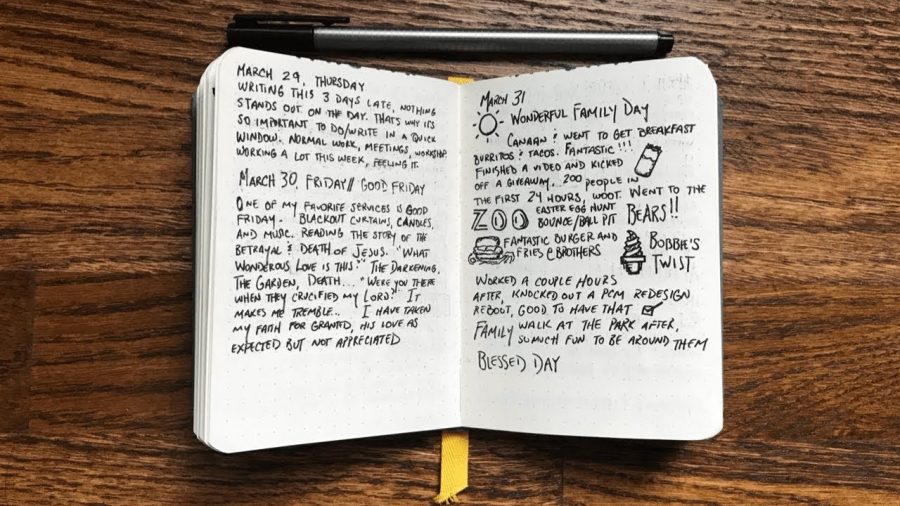
Learn more
